Another February 29. If I counted right, my 16th. That got me to thinking, just how many February 29ths have there been? As in, ever? Not as simple a question as all that, first of all because the day Caesar inserted into the calendar was an extra one after the equivalent of our February 24, a situation that persisted for a long time. So a different question might be how many intercalary days have there been since the Julian calendar’s first (let’s say first one after the extra days tacked on 46 BC, the longest year in history).
I feel like I’m staring into a pretty extensive rabbit hole. So, I’m backing away.
2020
Last time around on February 29, no entry. I attended an exceptionally pleasant dinner party at an exurban San Antonio ranch house, on flat land in the direction of the Hill Country. Six of us, I think, eating and drinking a few glasses of wine and conversing. People wonder whether the art of conversation is dying, and I doubt it. But it might go underground.
Also, that was the last social gathering I attended until April ’21 counting ones with family members, and June that year that for groups of friends.
2016
“The saying represents something exceptionally easy, of course, but even so I’m not sure it would be.” I wrote. ”Let’s assume the barrel is full of water as well as fish. Unless we’re talking about really large carp or some such, you might disturb the water and scare the fish, but I’m not sure how many small fish would actually be hit. Also, you’d think that shooting would soon destroy a wooden barrel and cause a dangerous amount of flying debris. Or if it were a metal barrel, such as a steel oil drum, the danger of ricochets might be high.
“This is something for the Mythbusters fellows to investigate, but I suspect that shooting fish in a barrel never was anything but a metaphor, and by now a hackneyed one at that. So I’m reluctant to say that making fun of a press release I received recently — especially the first line — is like shooting fish in a barrel. But it cries out to be mocked.”
2012
“I’m sure that I learned about Leap Year at an early age, like most people. But I never knew the details — Caesar and Sosigenes, the longest year in history (46 BC), Julian and Gregorian calendars, etc. — until I read The Clock We Live On. [I forgot to mention that Isaac Asimov wrote it? I’m rectifying that now.]
“The inside cover has an example of my father’s handwriting, something I don’t have too much of, so I wanted to save that too. Apparently he bought it in 1963, the year before he died.” [Sixty years and a day ago. RIP, dad]
“I first read it in 1977. Besides the story of the western calendar, there was plenty of other interesting topics — why days have 24 hours and hours 60 minutes, the development of clocks and chronometers, the establishment of meridians and time zones, and so on. The calendar chapter formed the basis of an oral report I did in high school Latin class.”
2008
“Battlefield gore is a necessary ingredient in any war movie of our time, as well as soldiers’ profanity, and understandably so. My own preference in historical fiction runs to verisimilitude, but that isn’t to say that I didn’t like The Sands of Iwo Jima.
“The most effective horror-of-war scene in Flags involved off-screen gore. At one point, one of the men (Iggy) goes mysteriously missing from the hillside. Later, his comrades discover that the Japanese pulled him into one of their caves and killed him in a way the American soldier who found him would only describe as, ‘look what they did to the poor son of a bitch.’ At that point one of the characters is looking at whatever remains of Iggy, but we don’t see it, and it’s much more horrible that way.”
2004
“Leap Year brings to mind the lore of King Numa reforming the early Roman calendar, Julius Caesar (and Sosigenes) replacing lunar with solar, Caligula trying to name a month after Germanicus (at least according to Robert Graves), Pope Gregory ordering his change but the Protestant parts of Europe ignoring it, and so on.
“When I was a kid I was fascinated by calendars, and would draw my own sometimes. In high school, I read about the history of the calendar on my own time, because it wasn’t part of any class. Even now I have some interest, though not as much as a fellow I know who spent time calculating the dates of Easter in the far distant future — thousands of years further than the standard Easter tables. I think he even wrote a computer program to do that for him.”
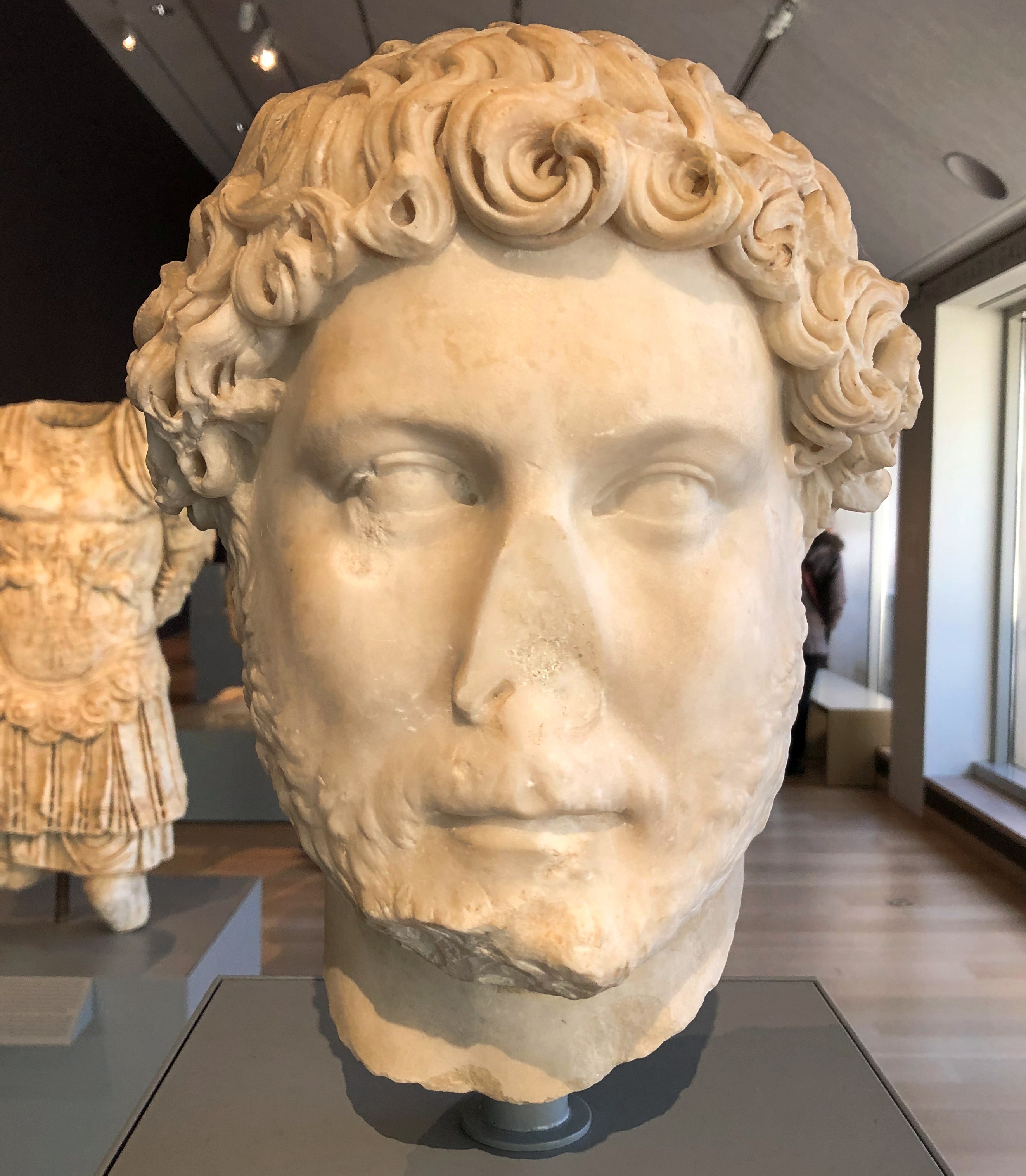
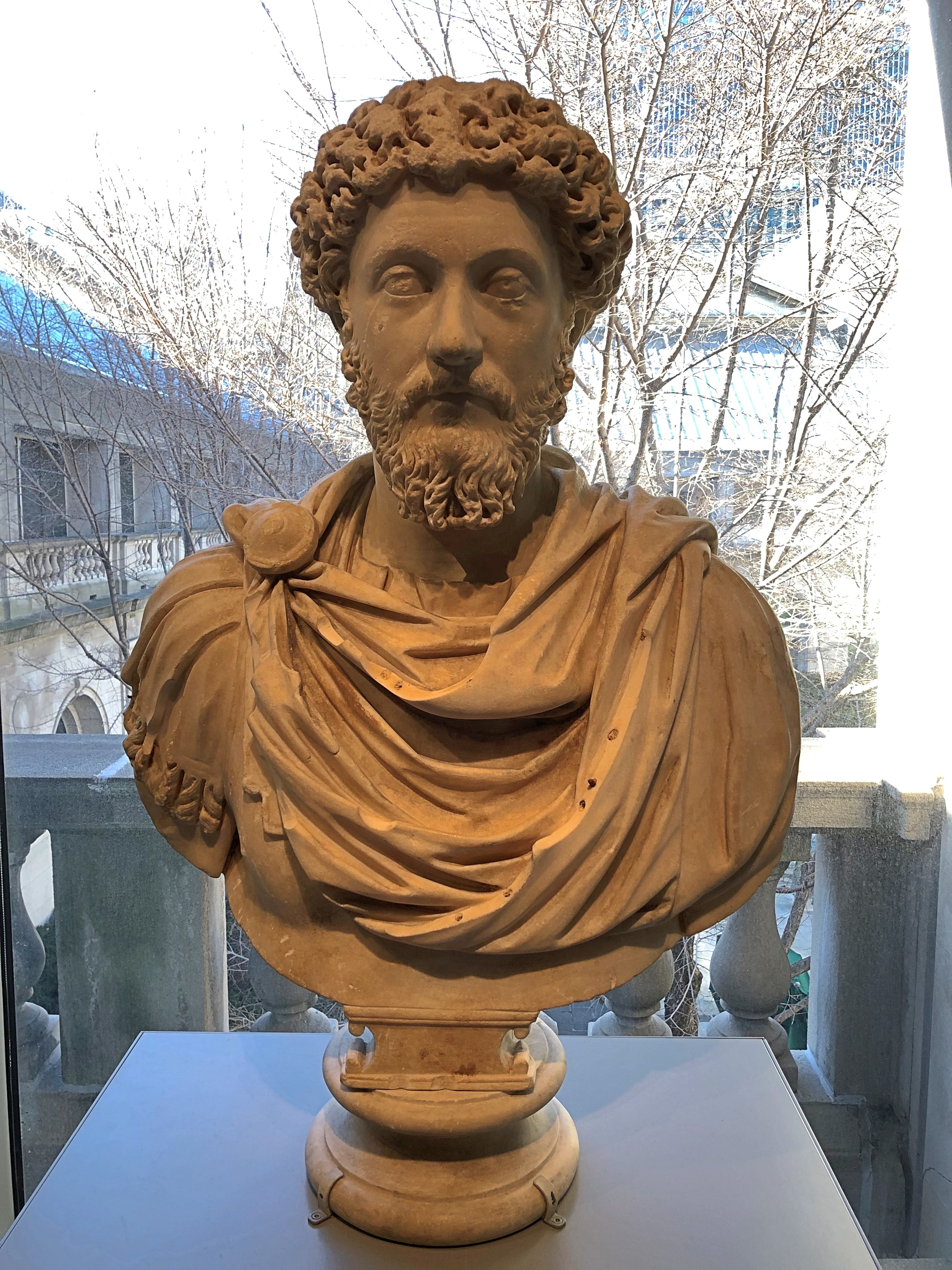
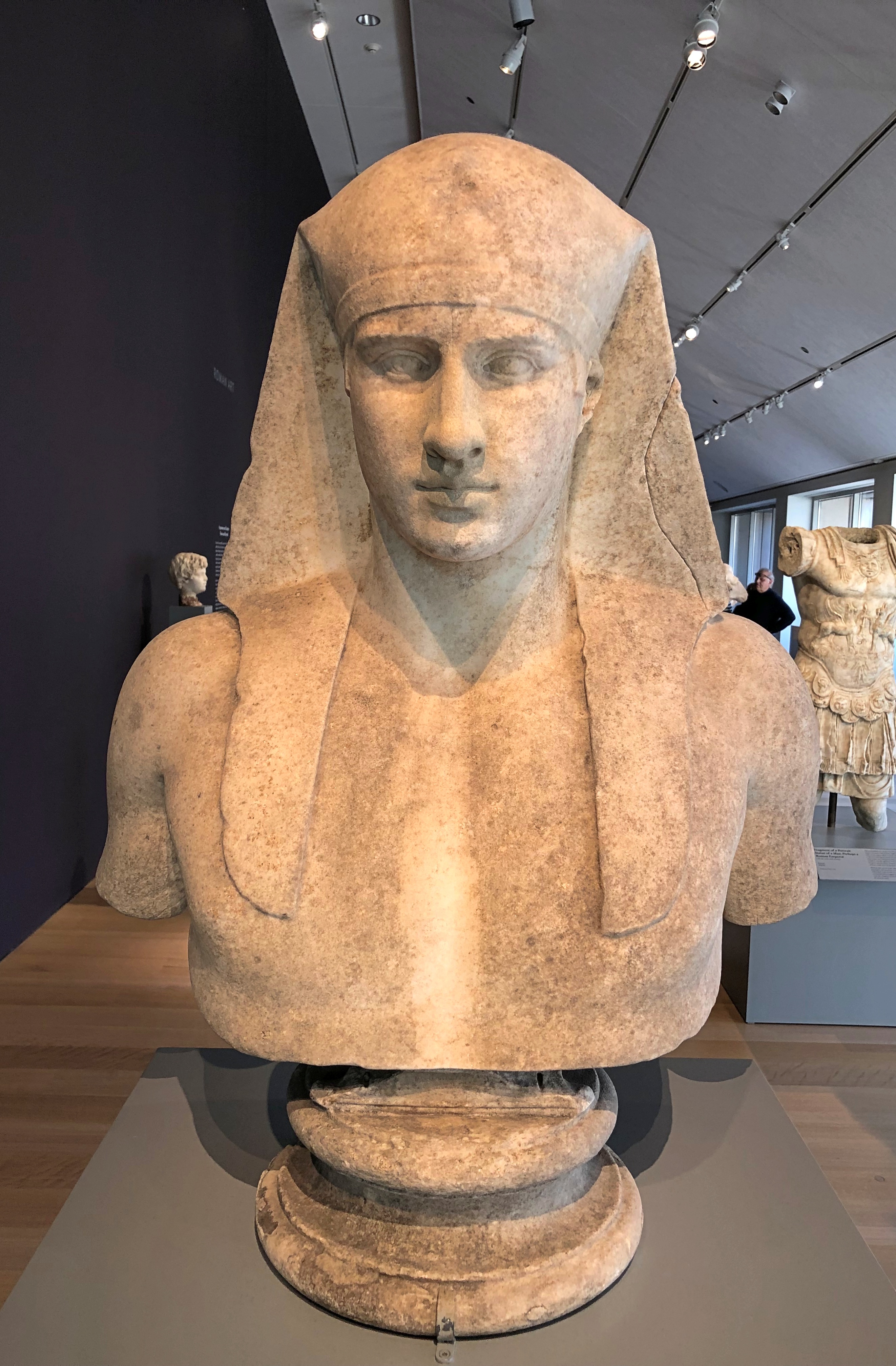
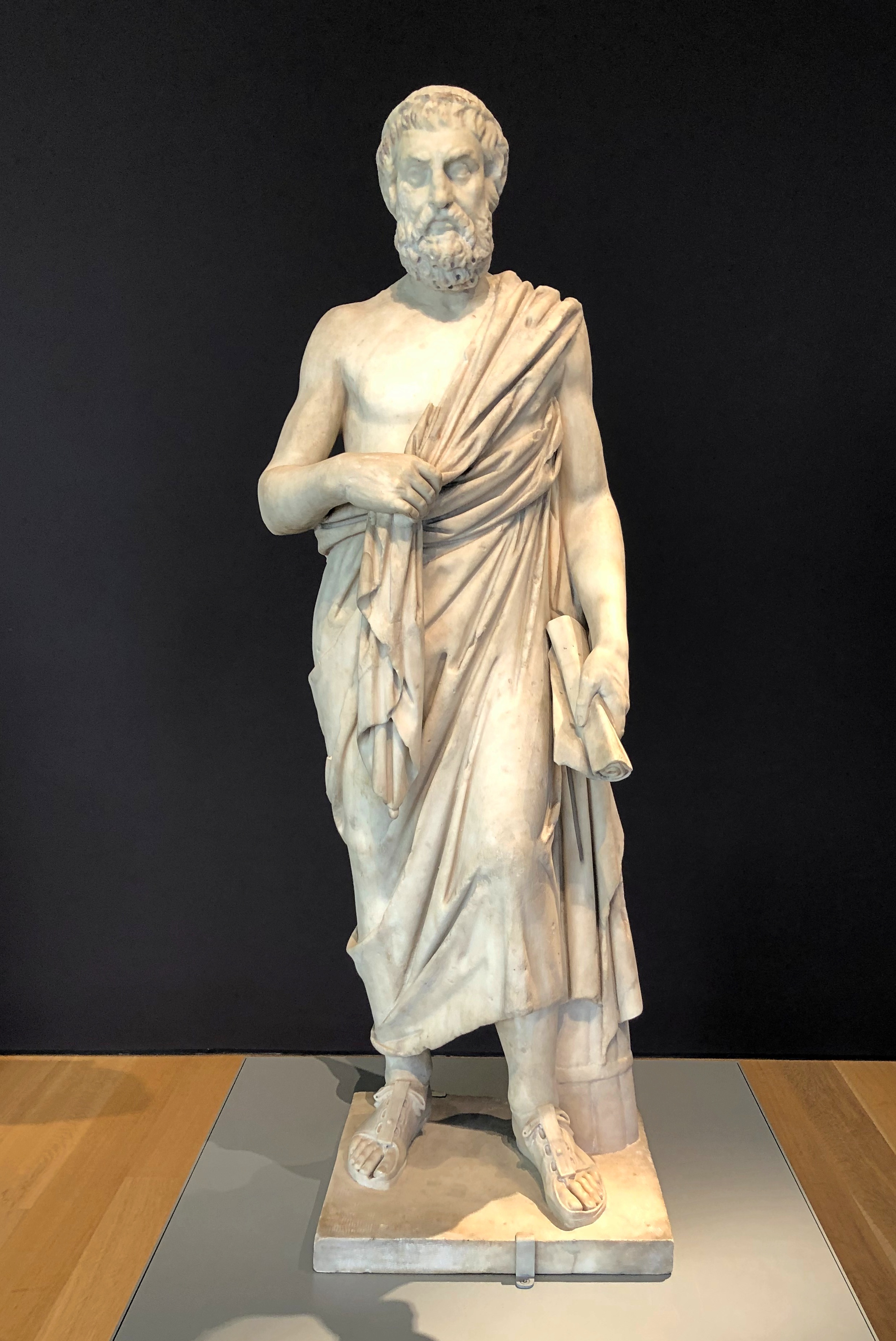
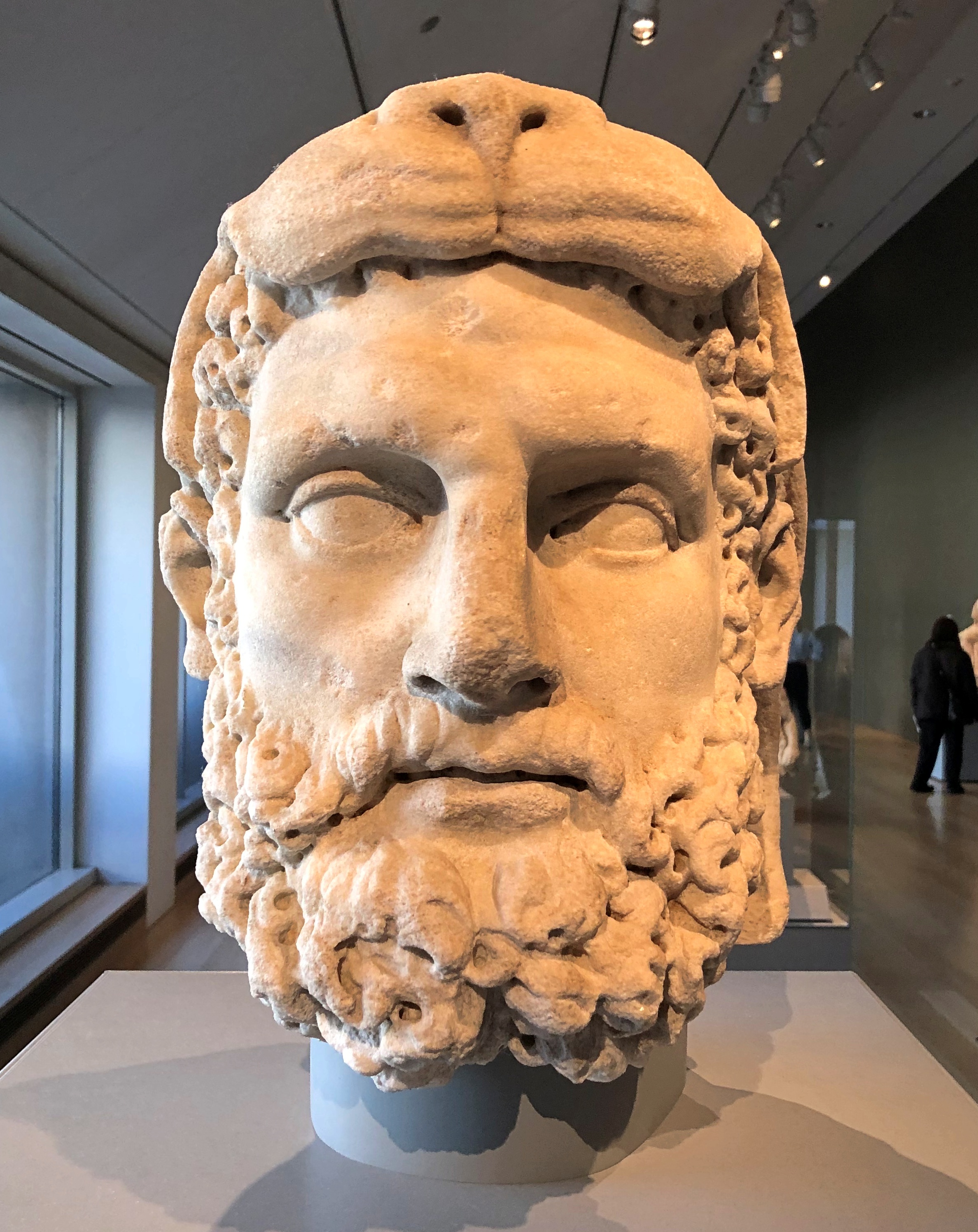
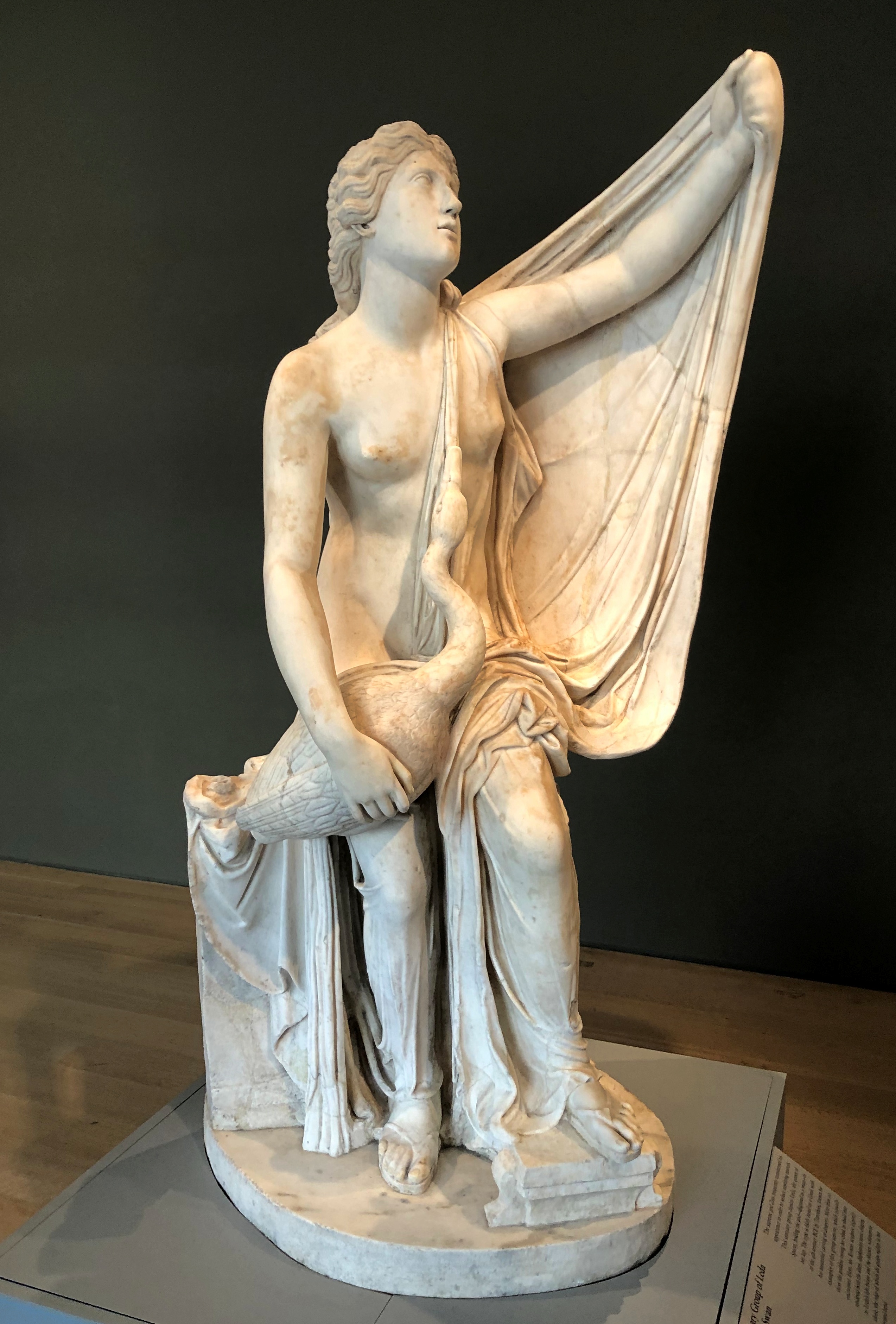

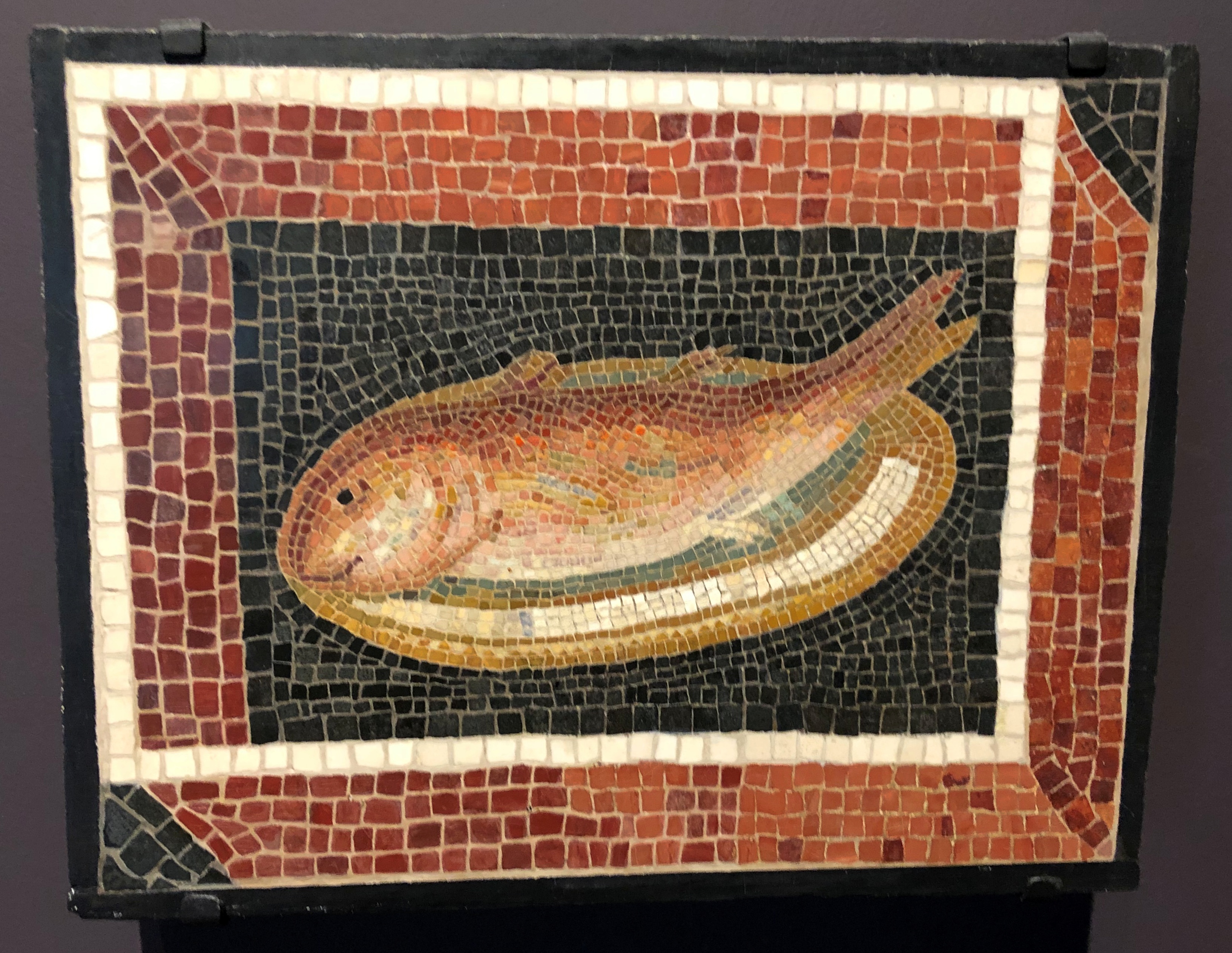
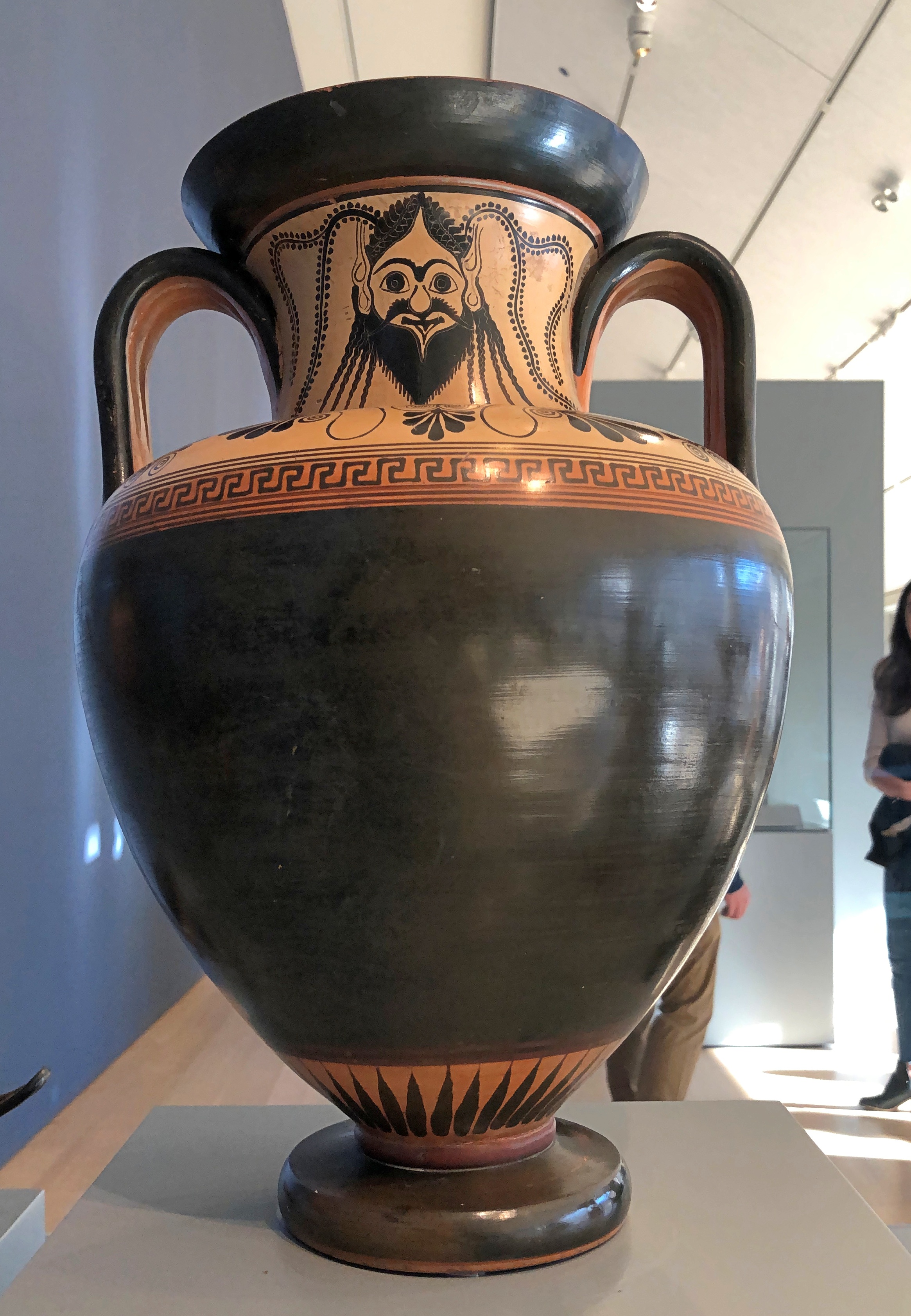

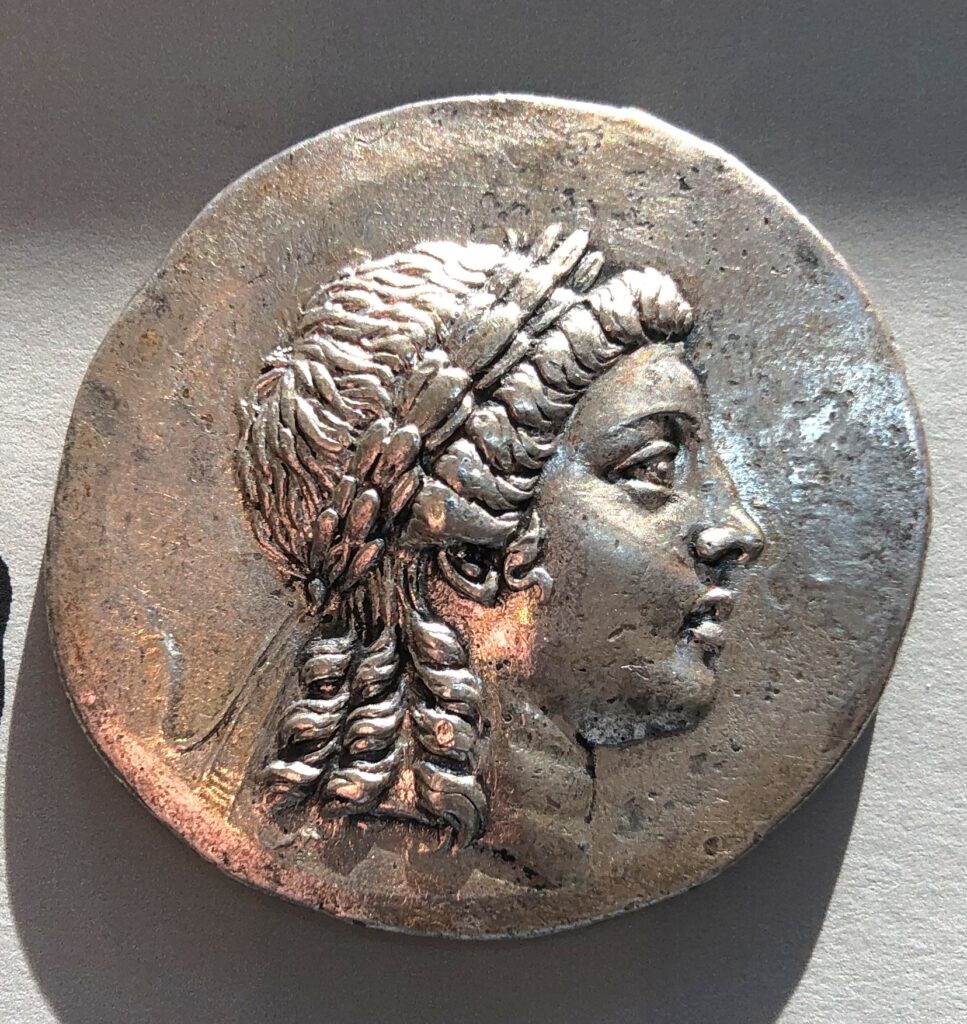
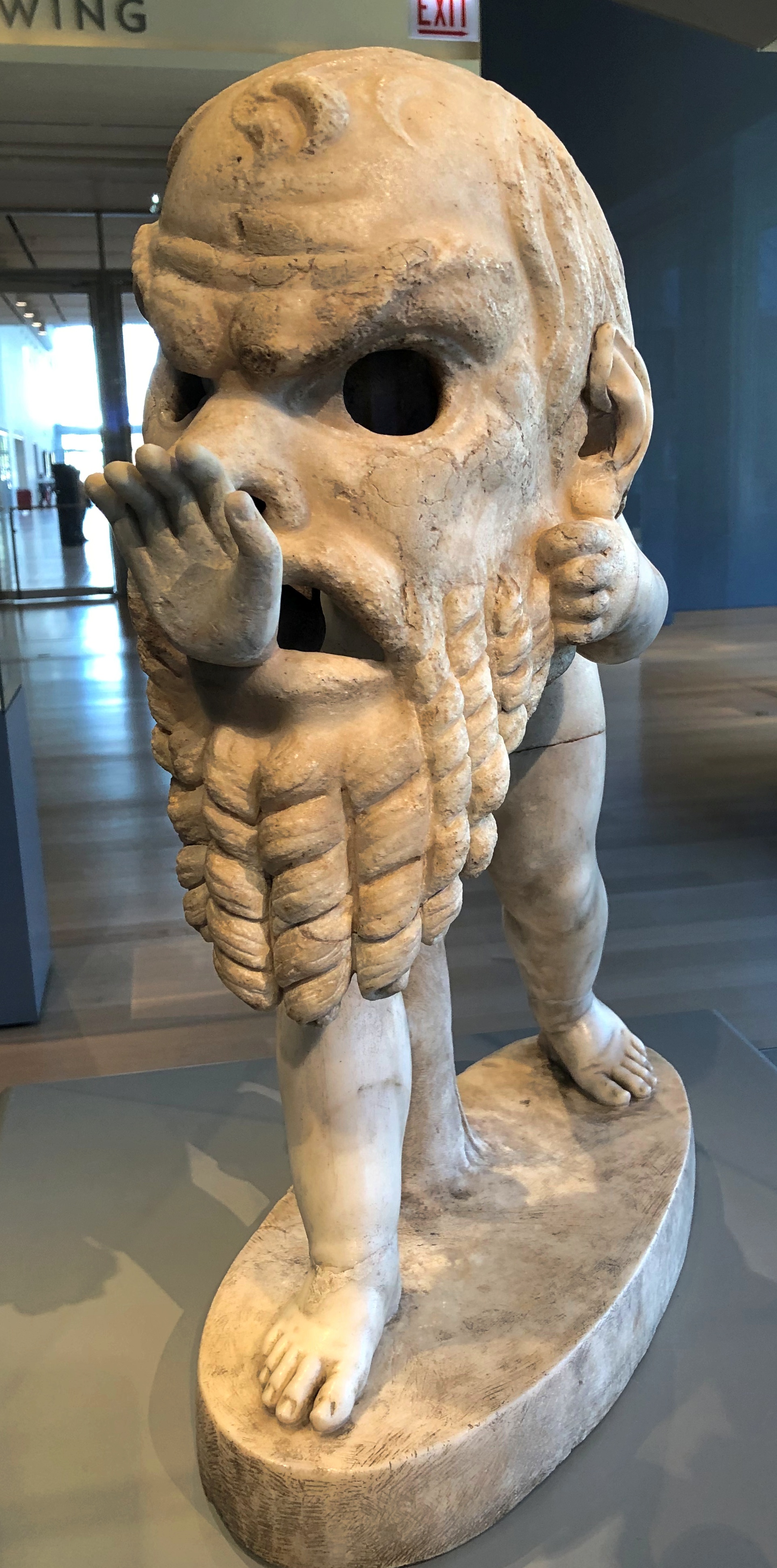

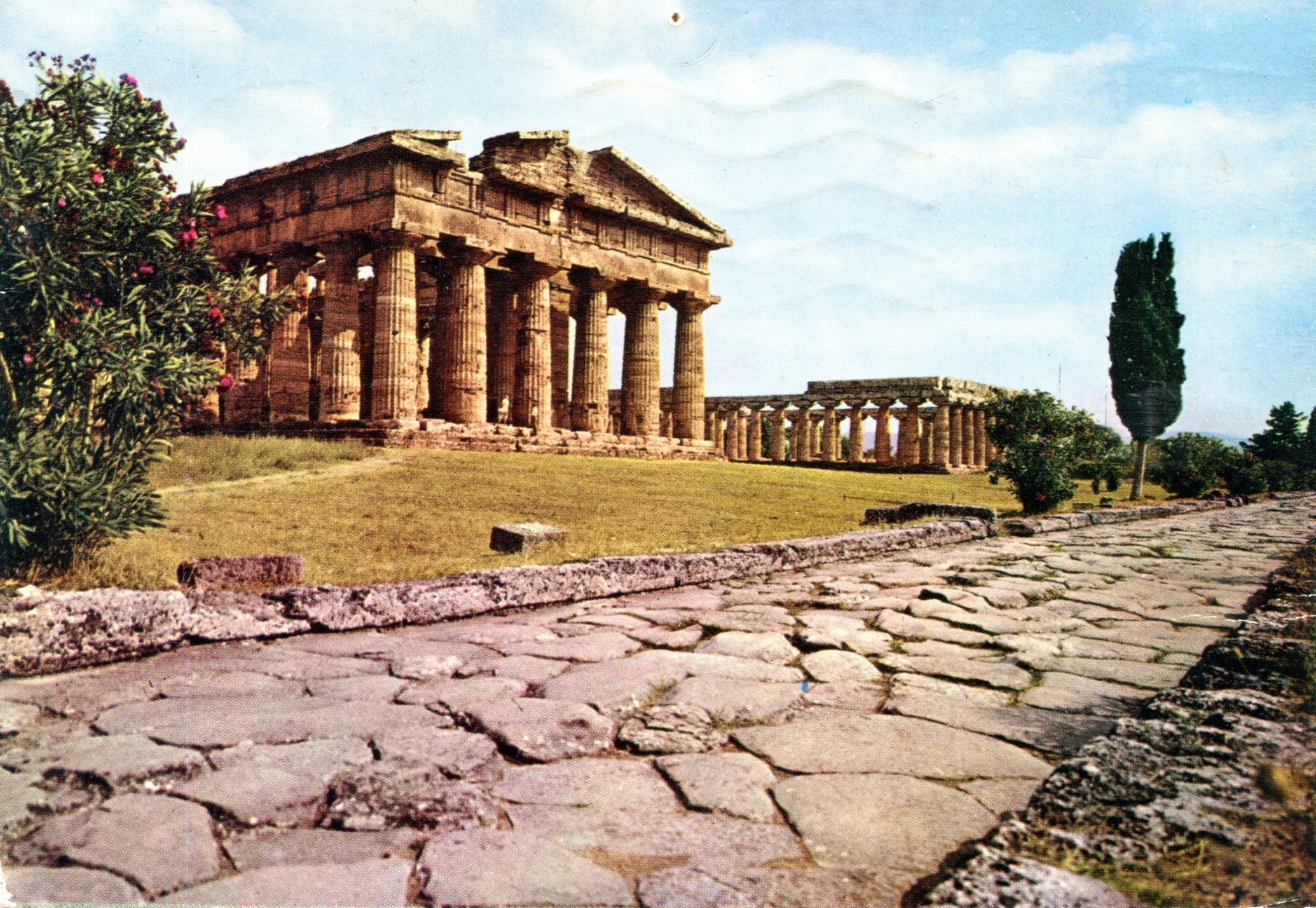
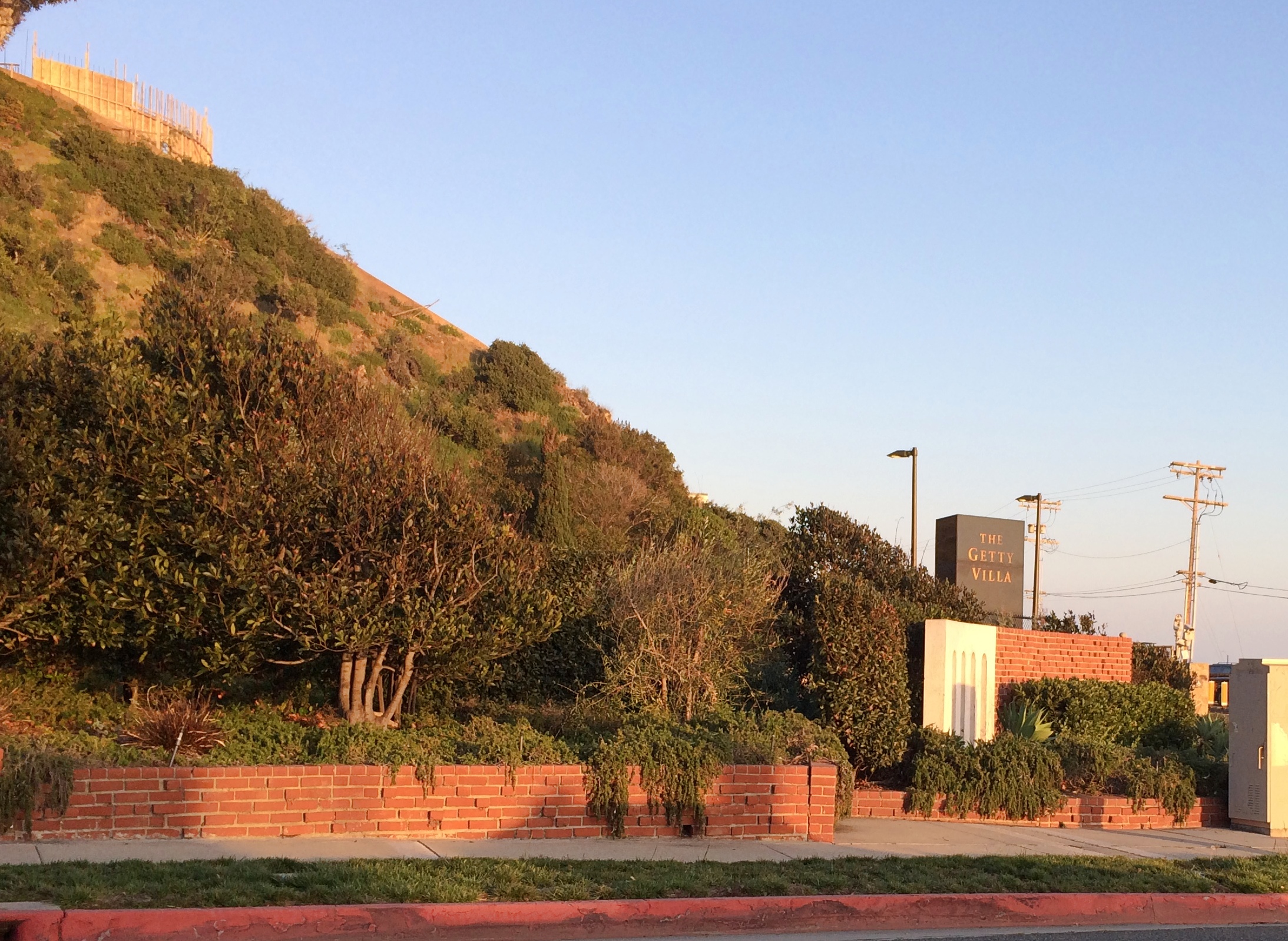
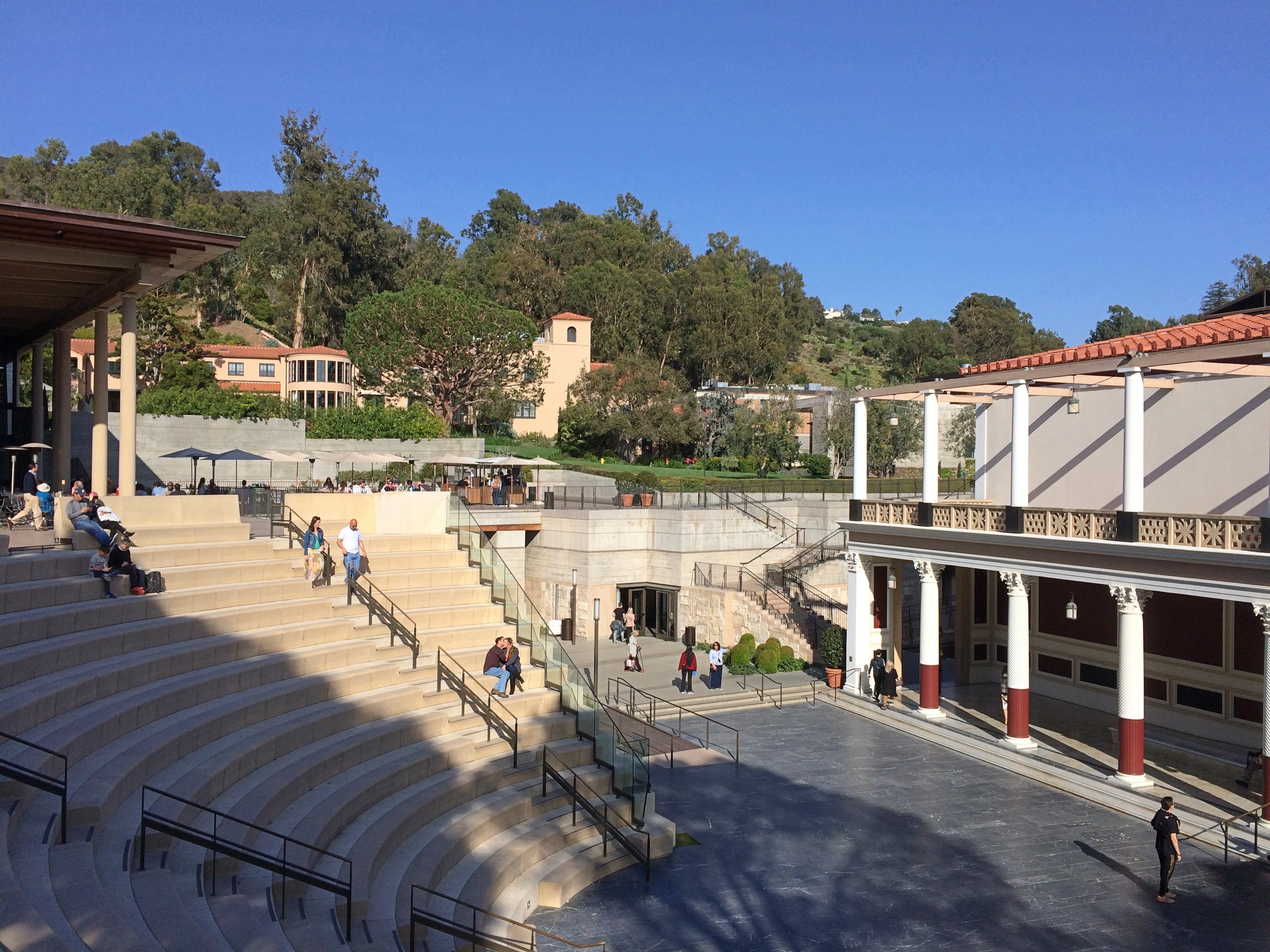

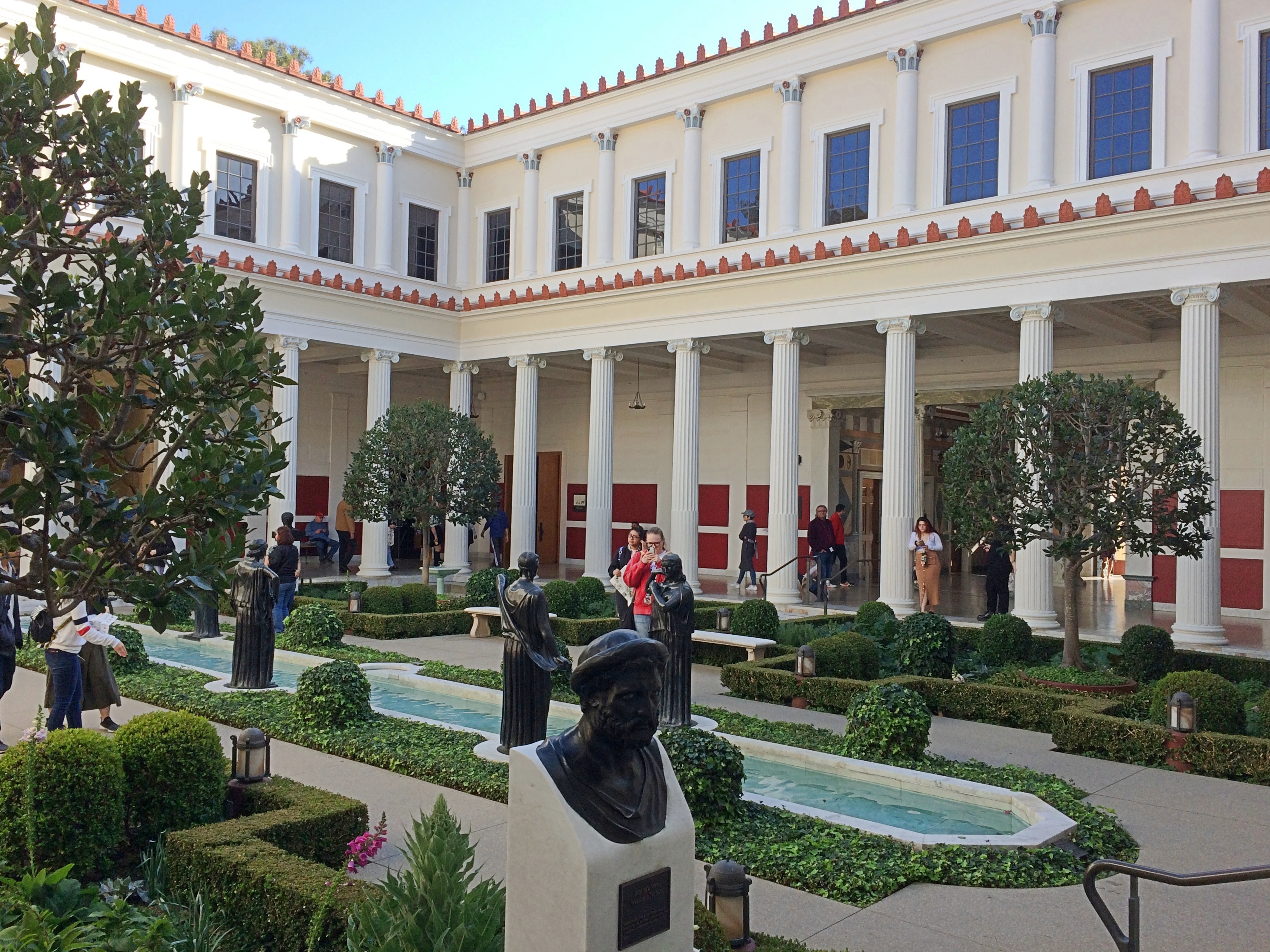
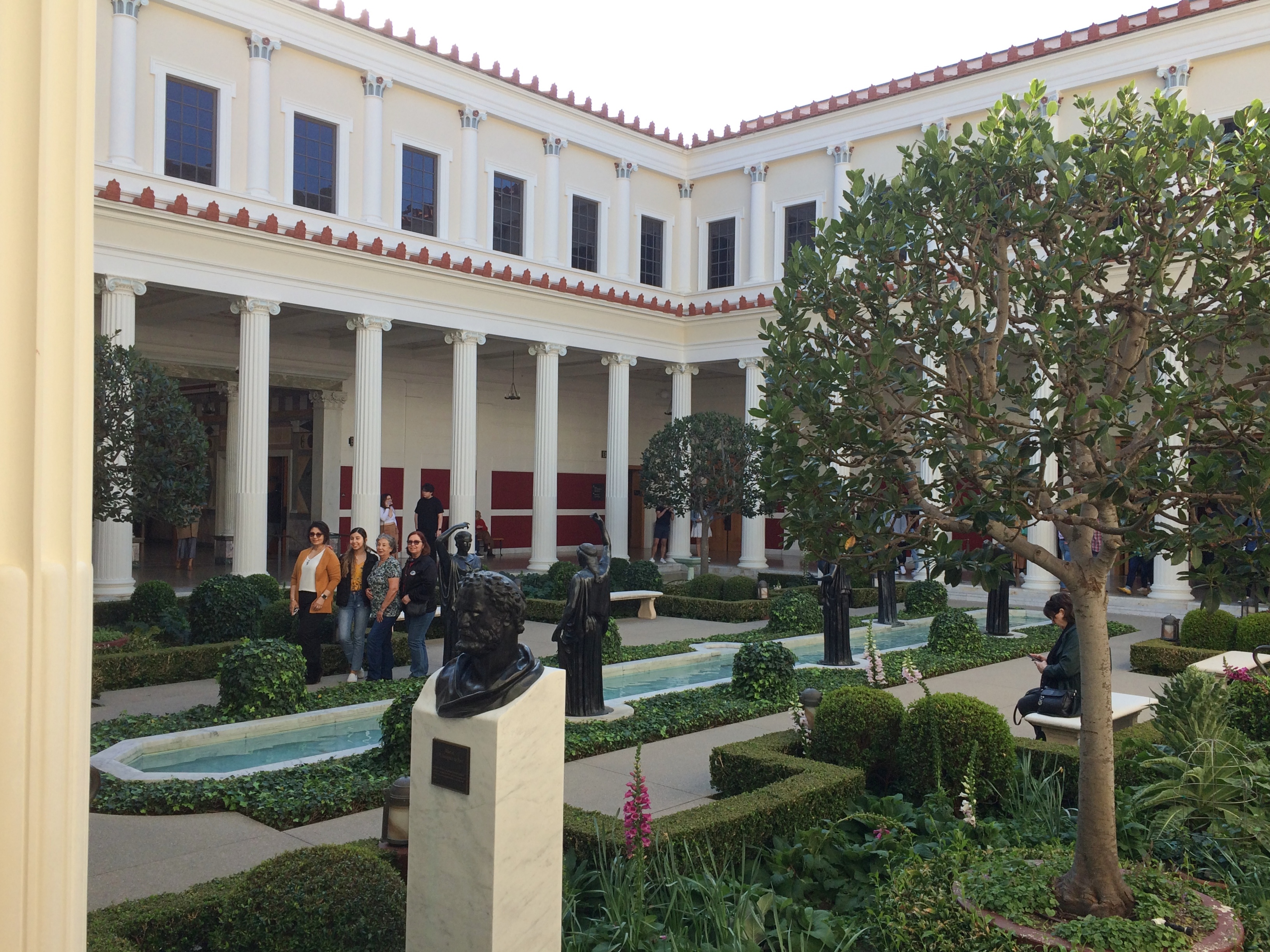
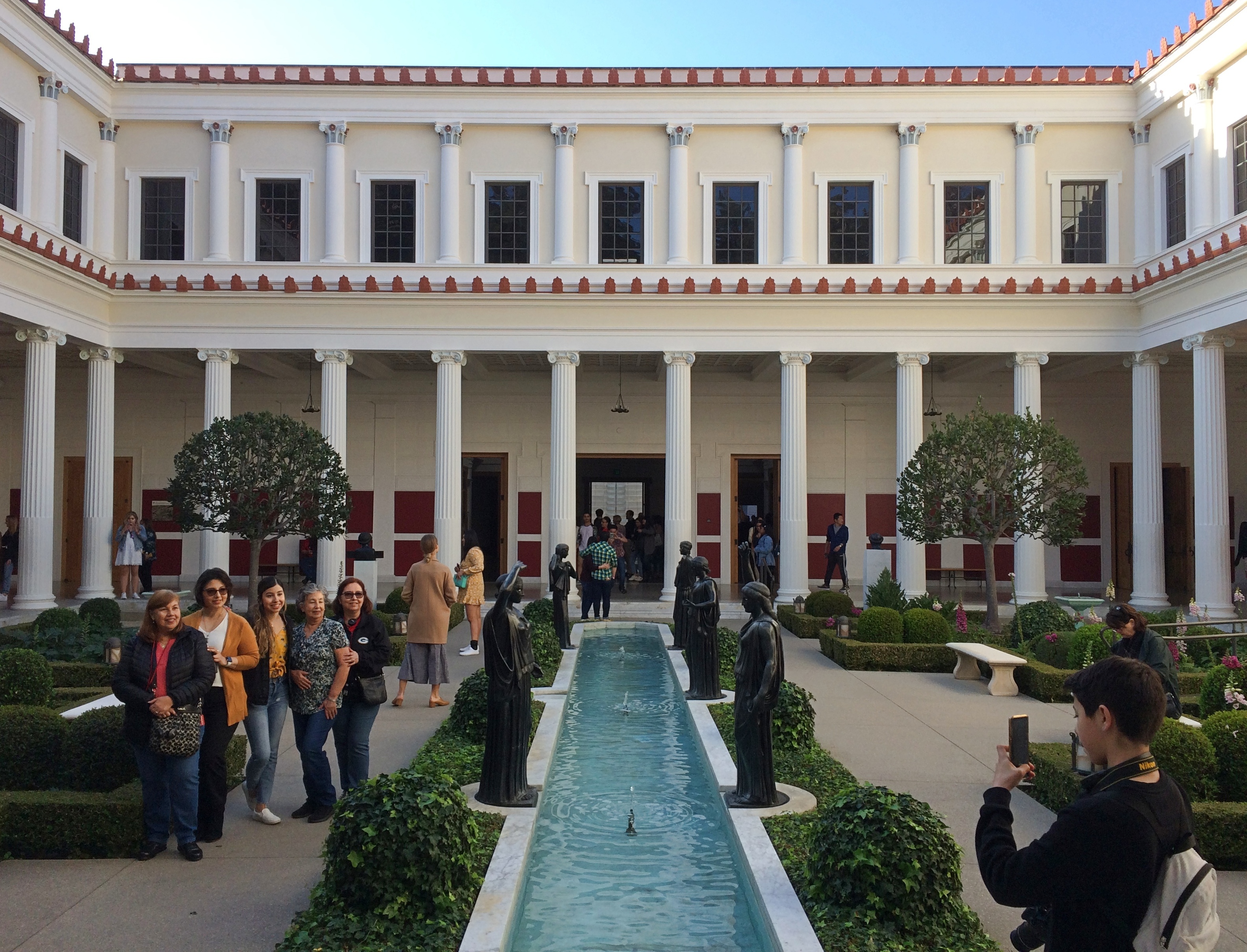

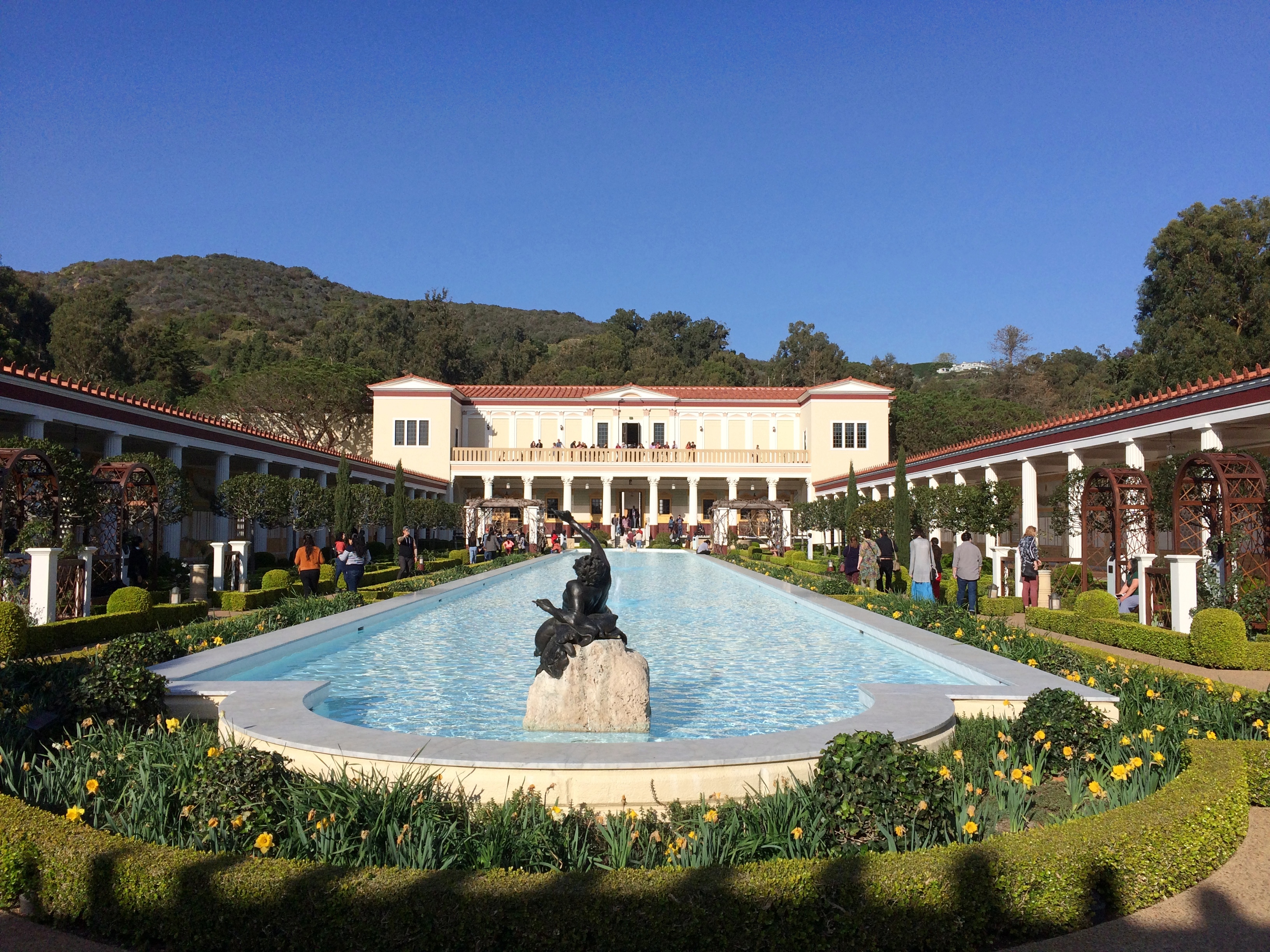

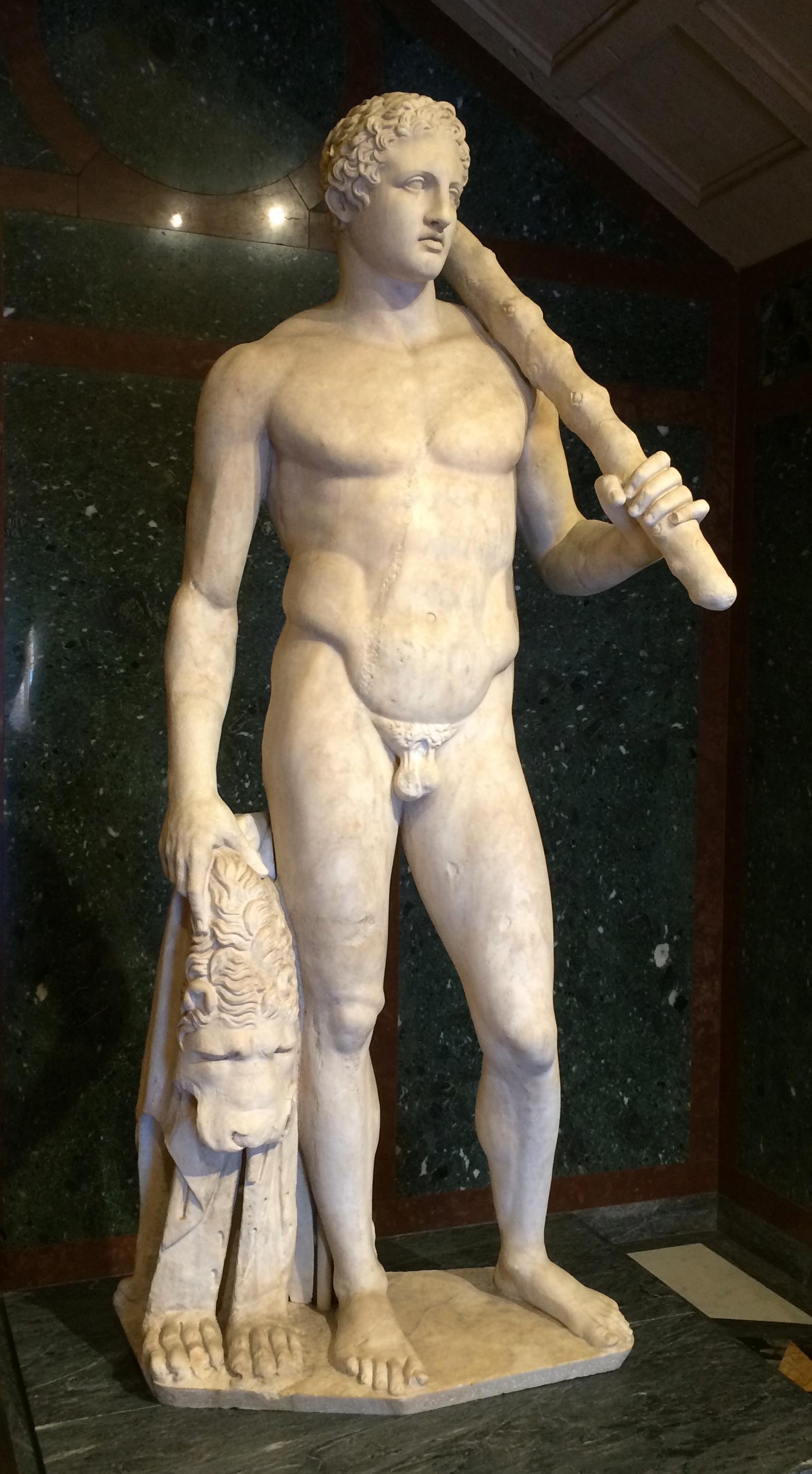
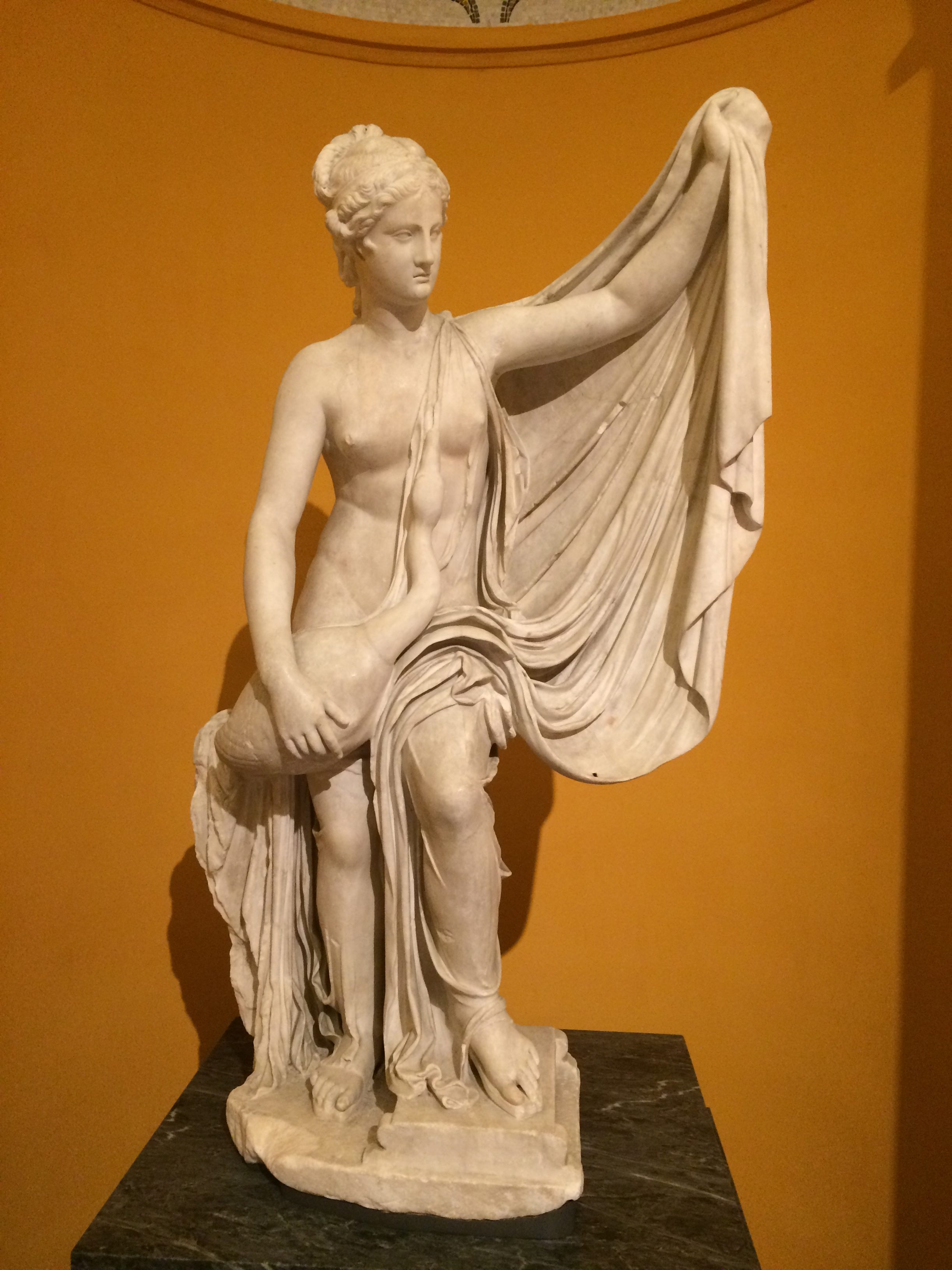

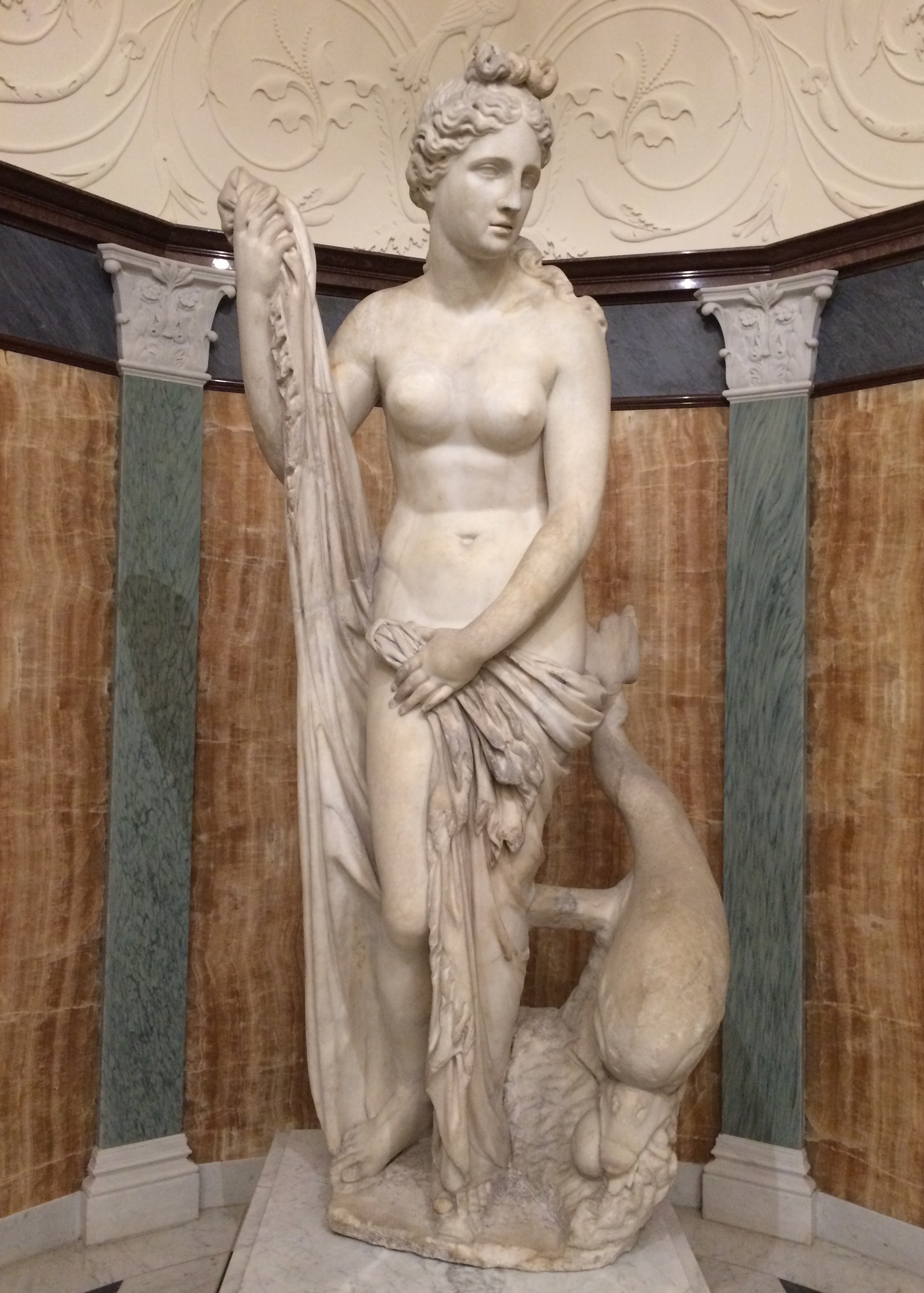
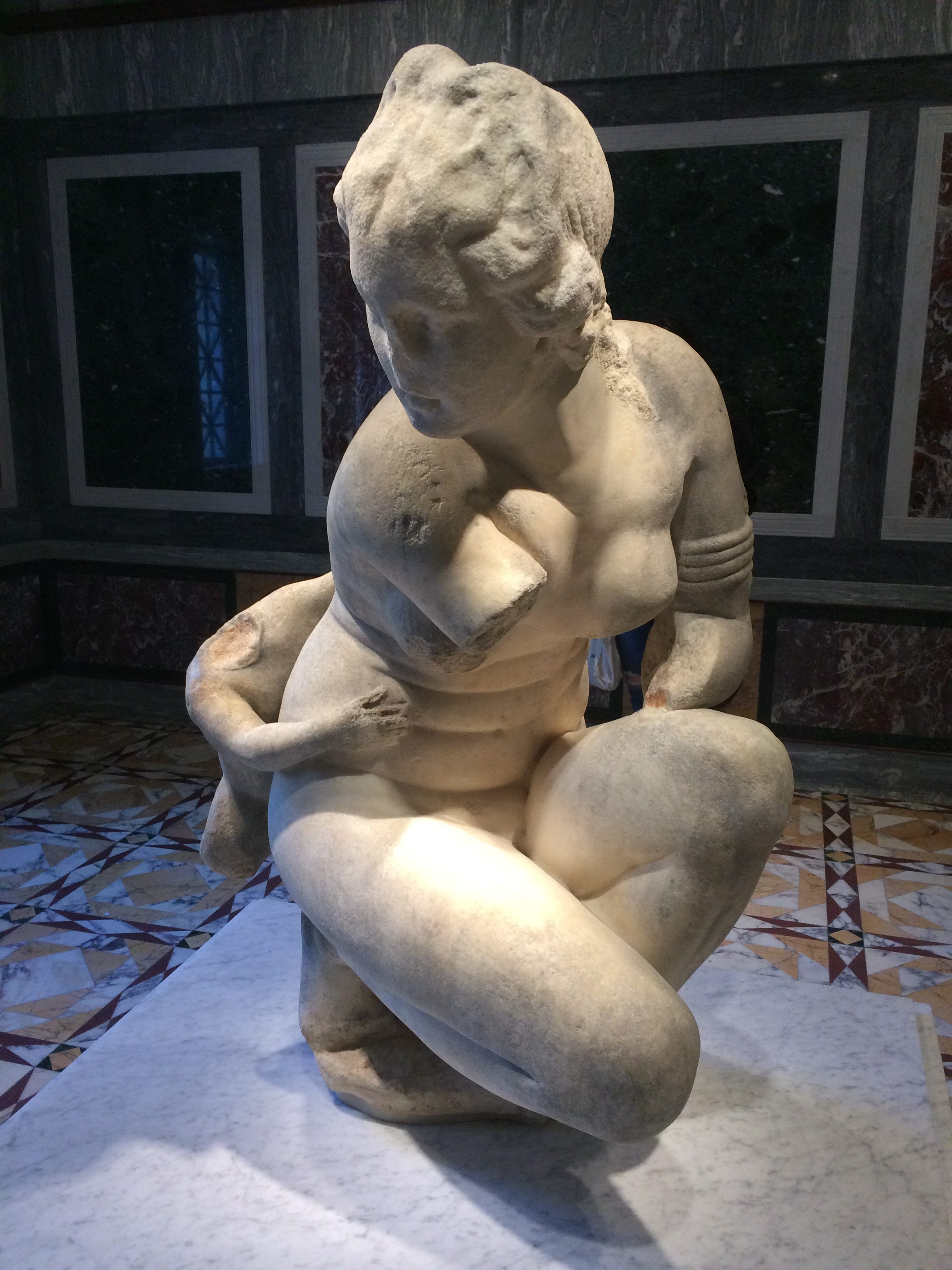
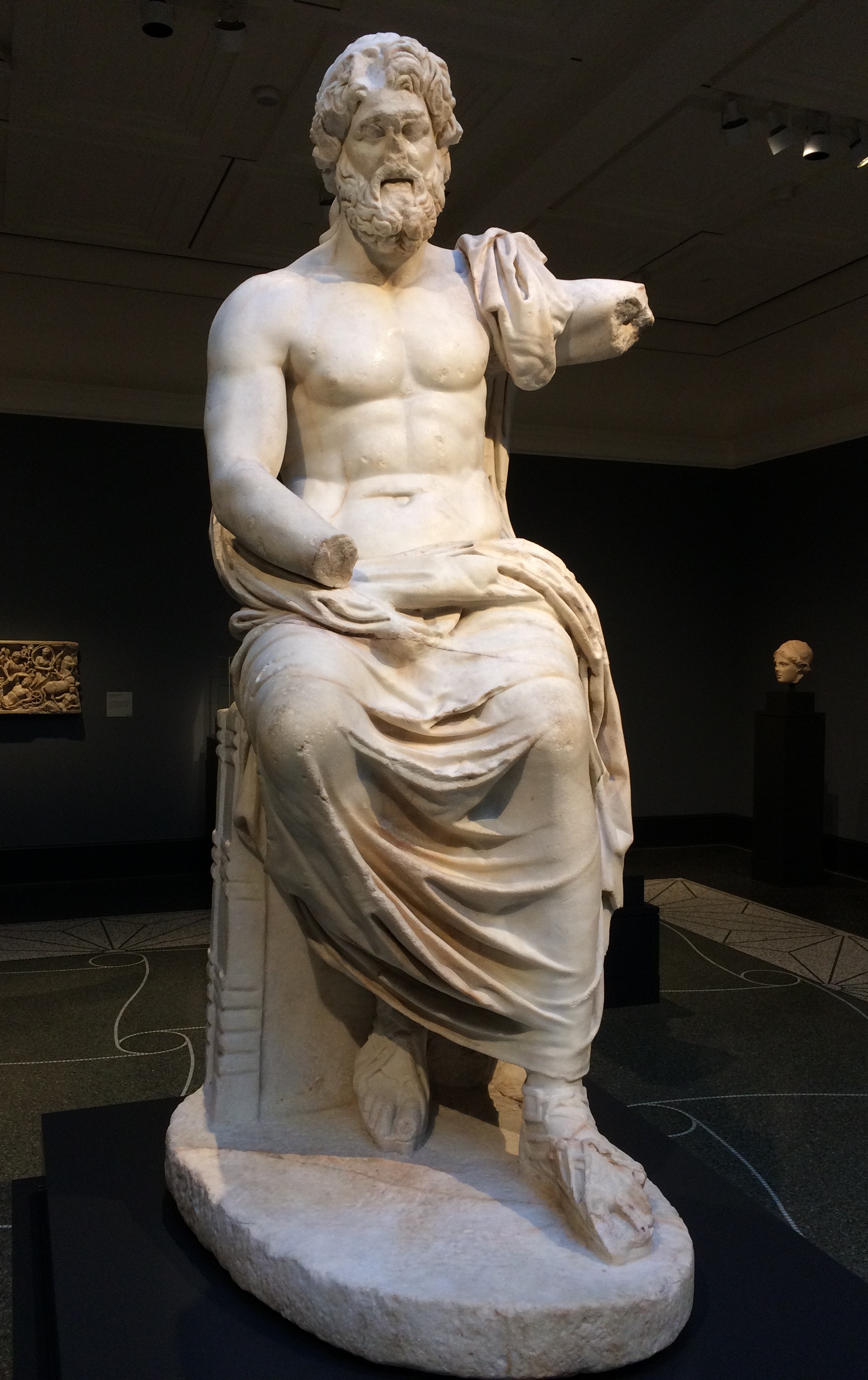



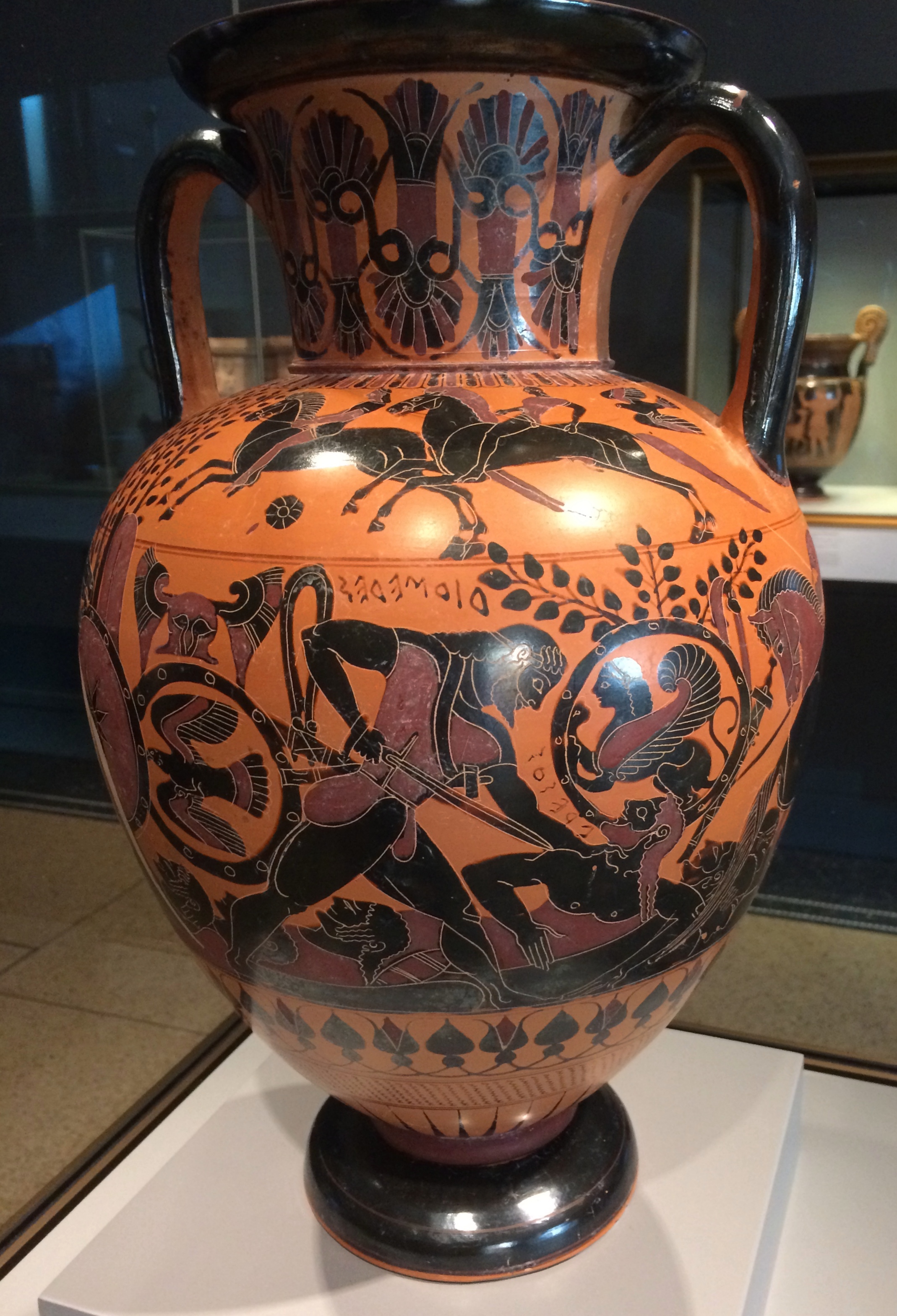

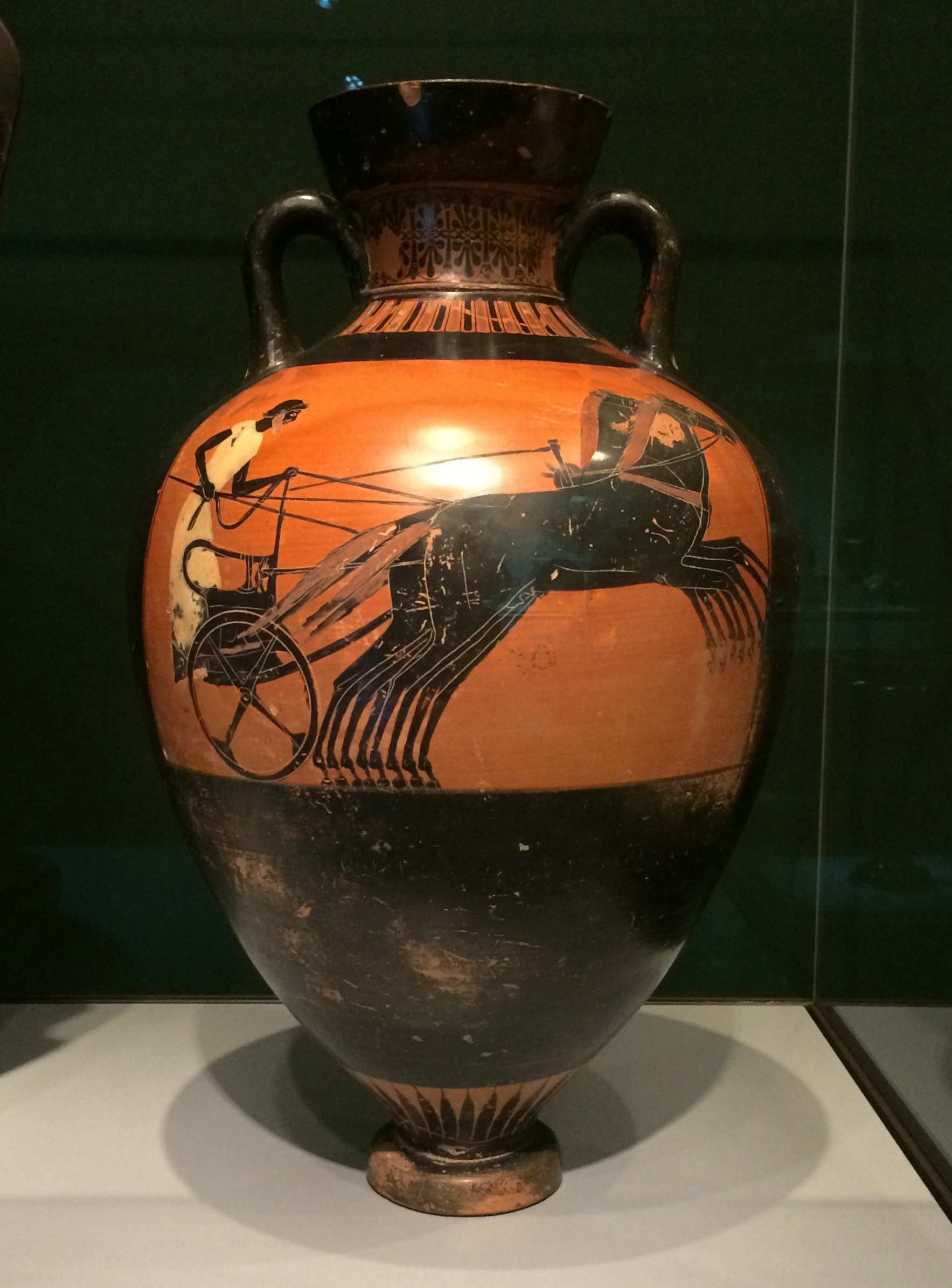
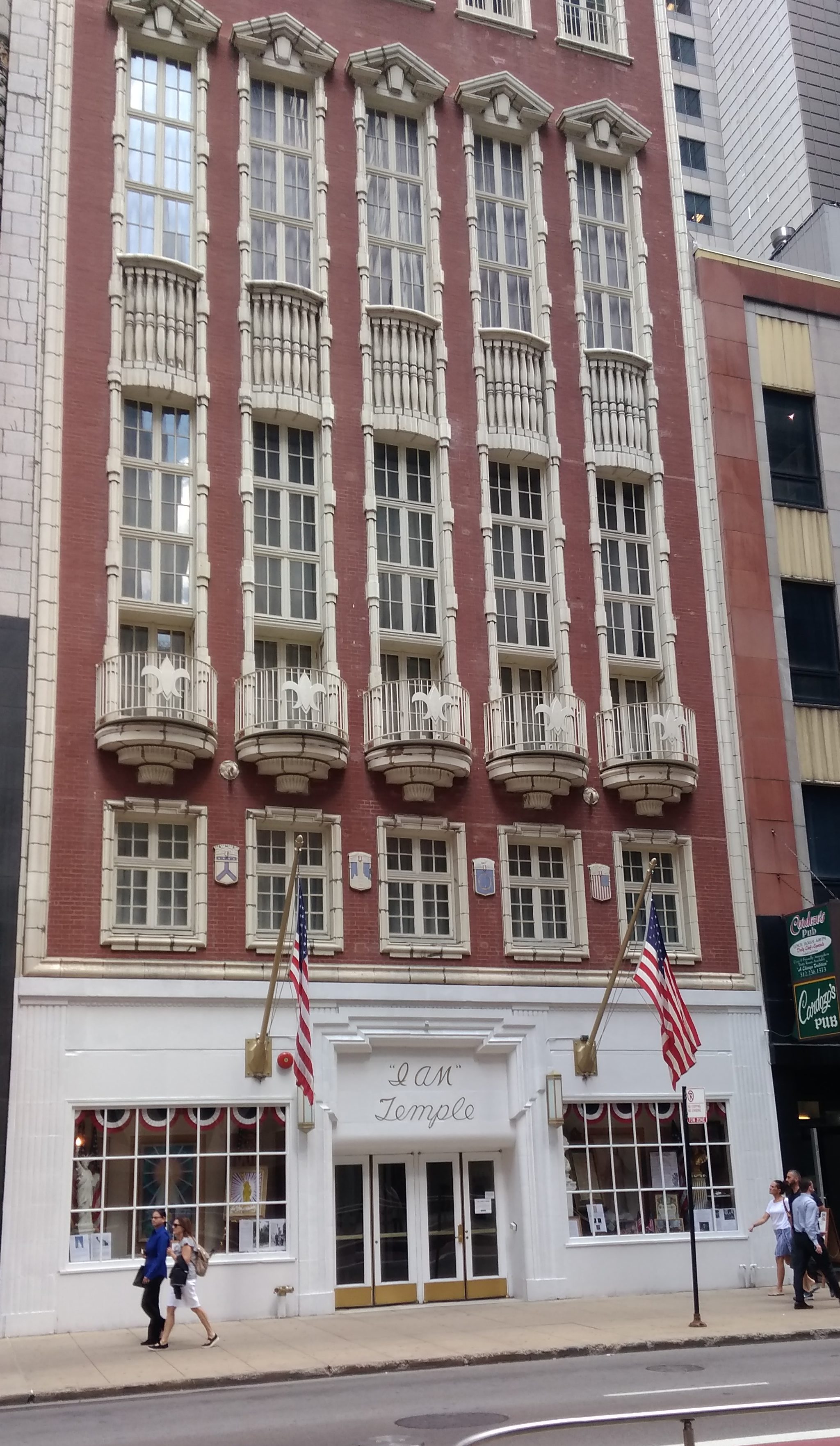

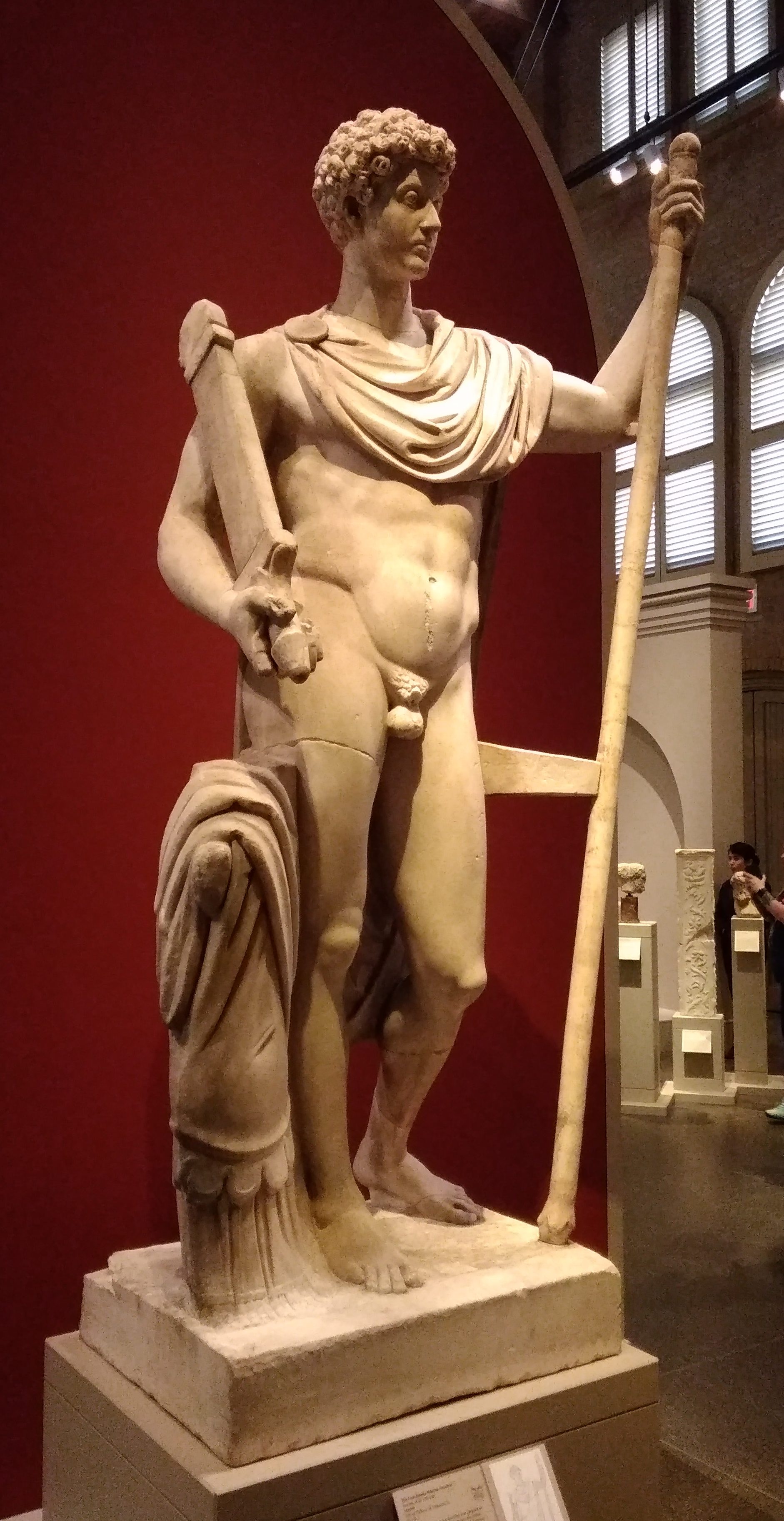
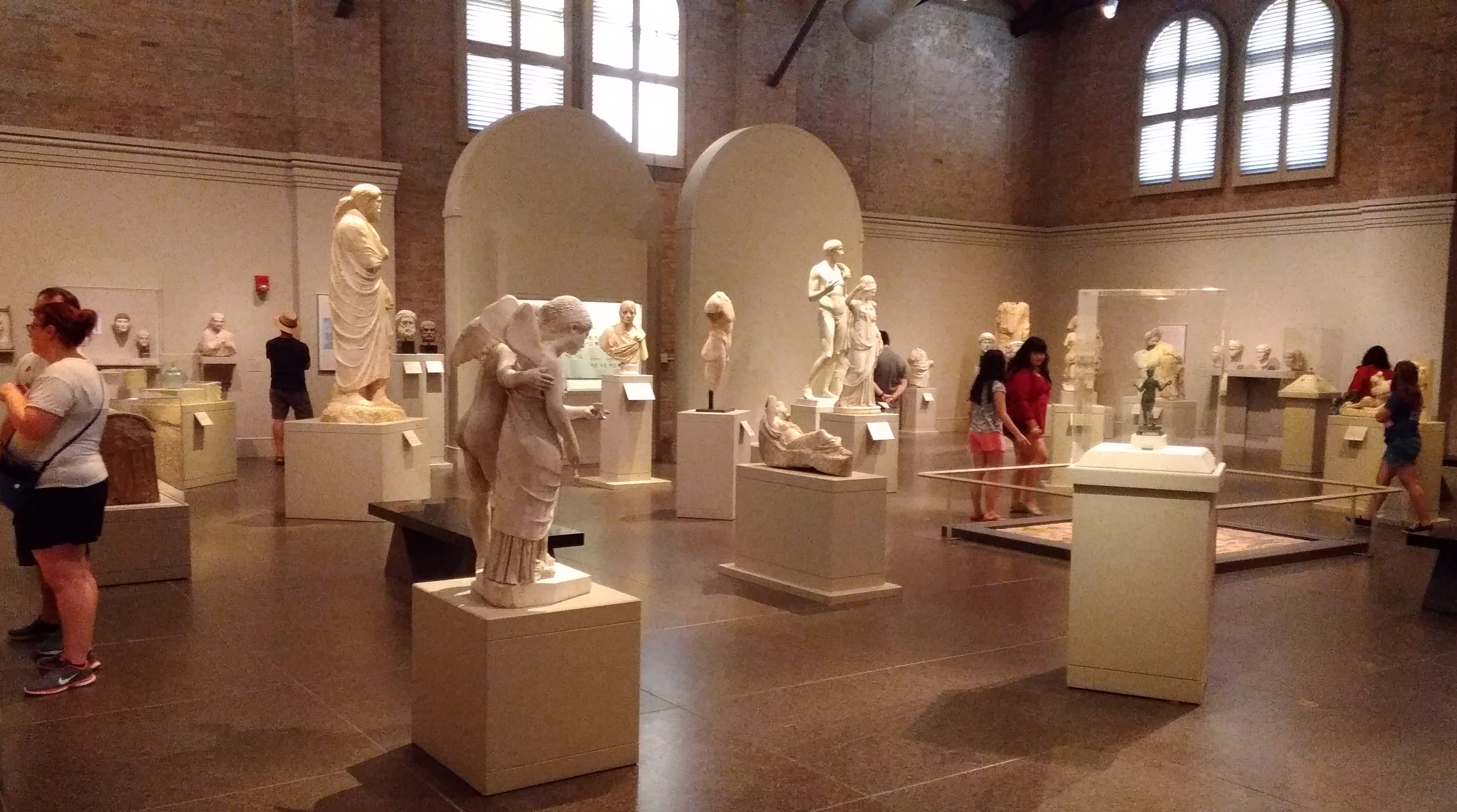
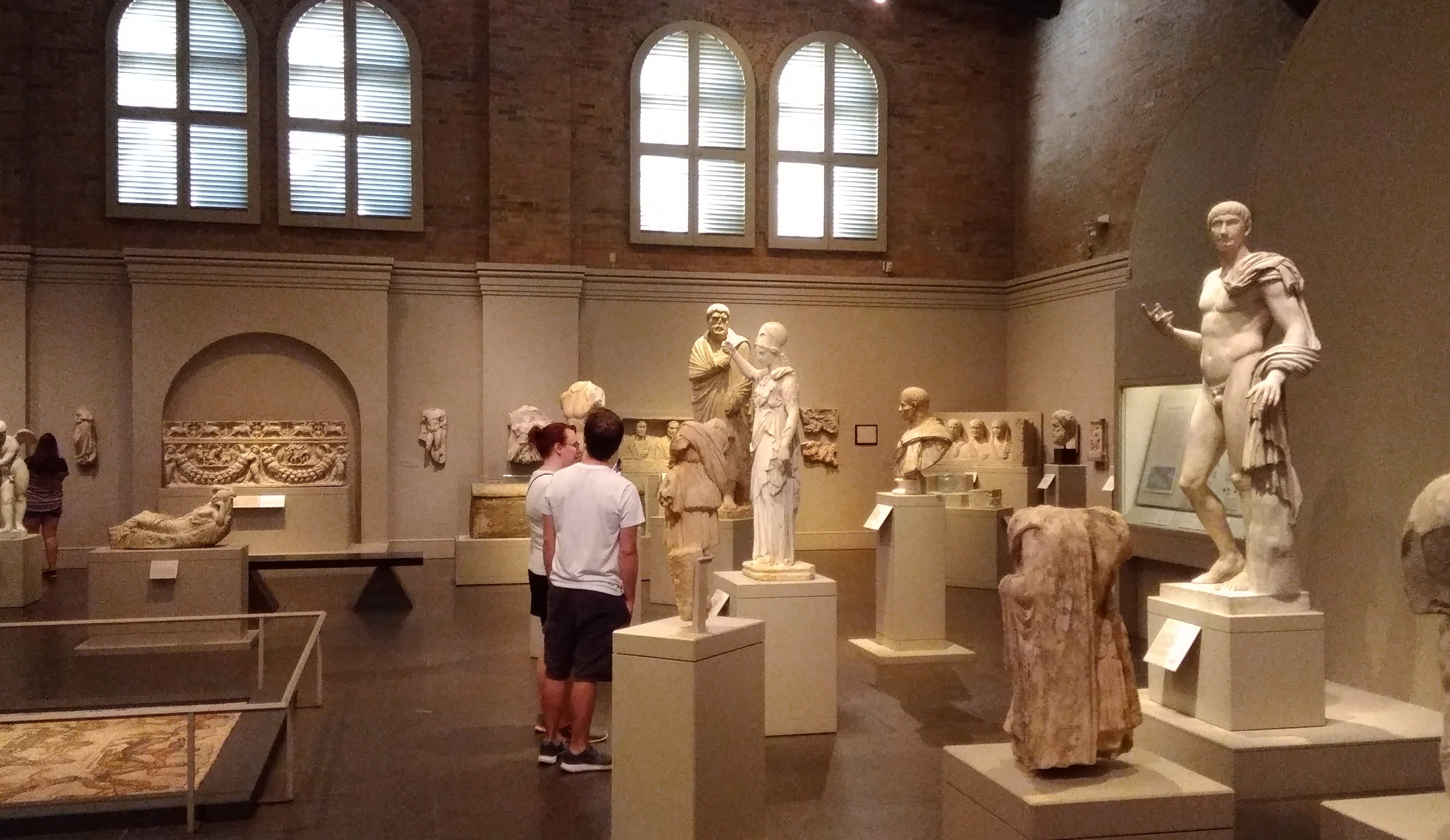
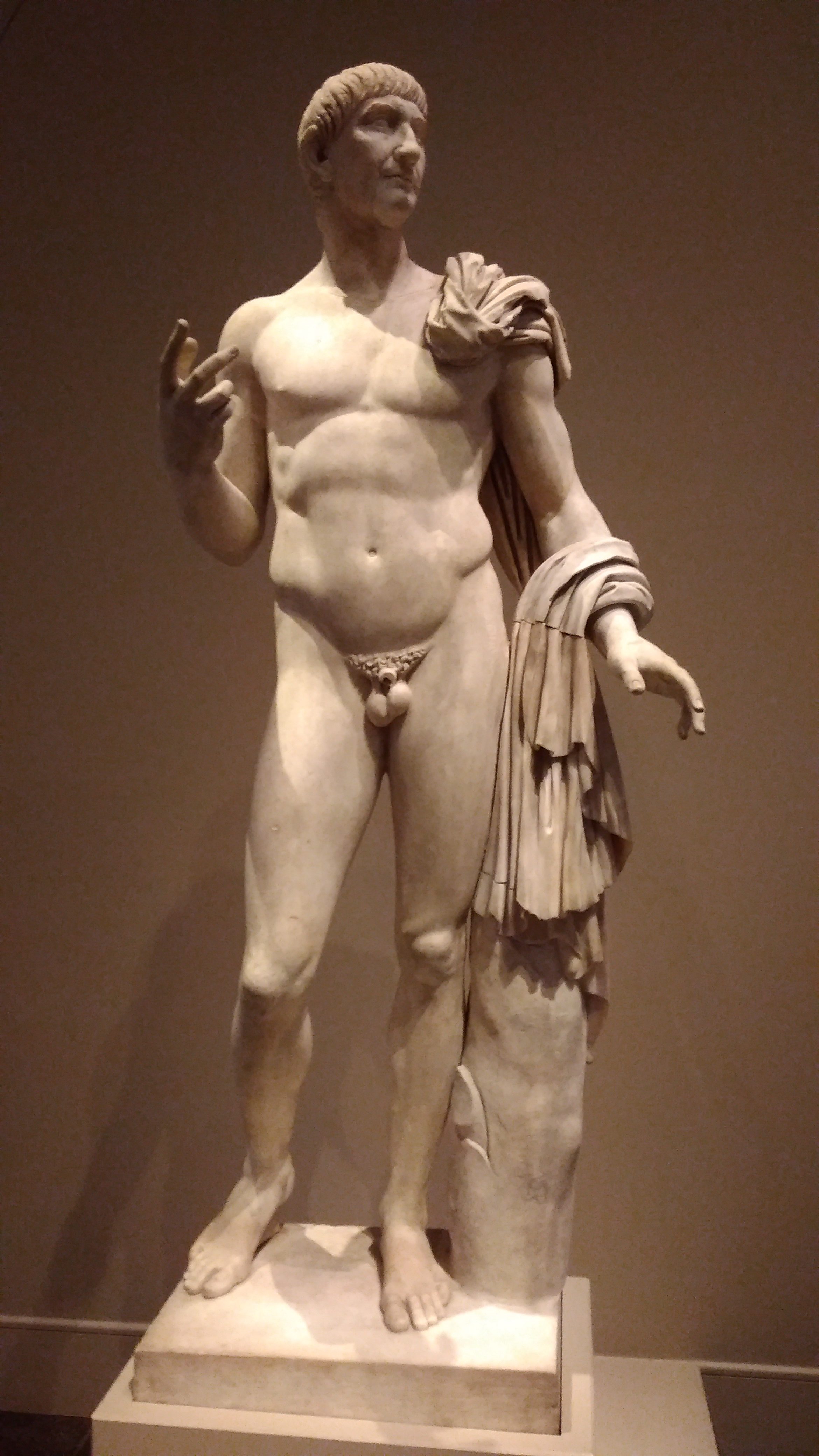
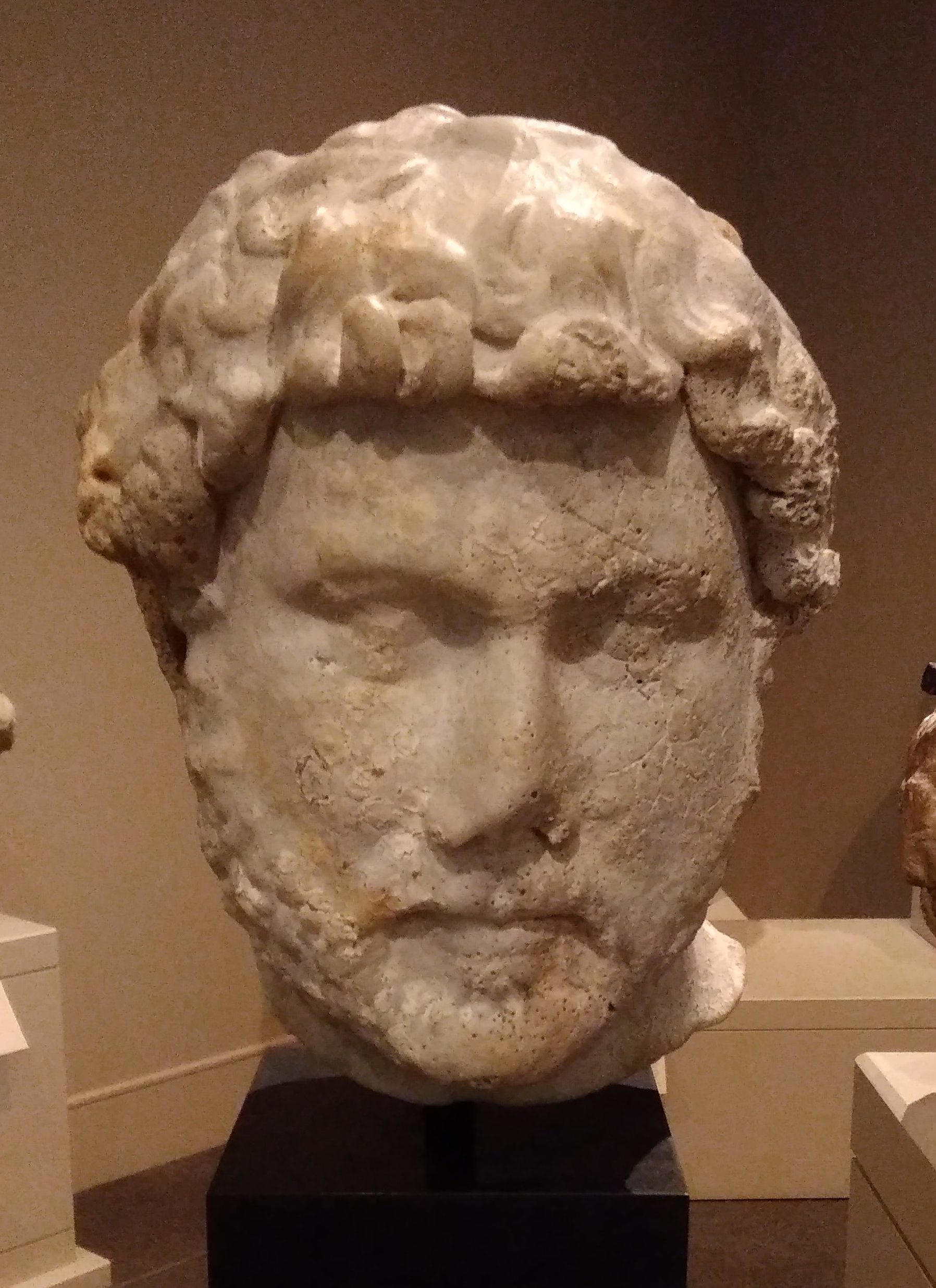
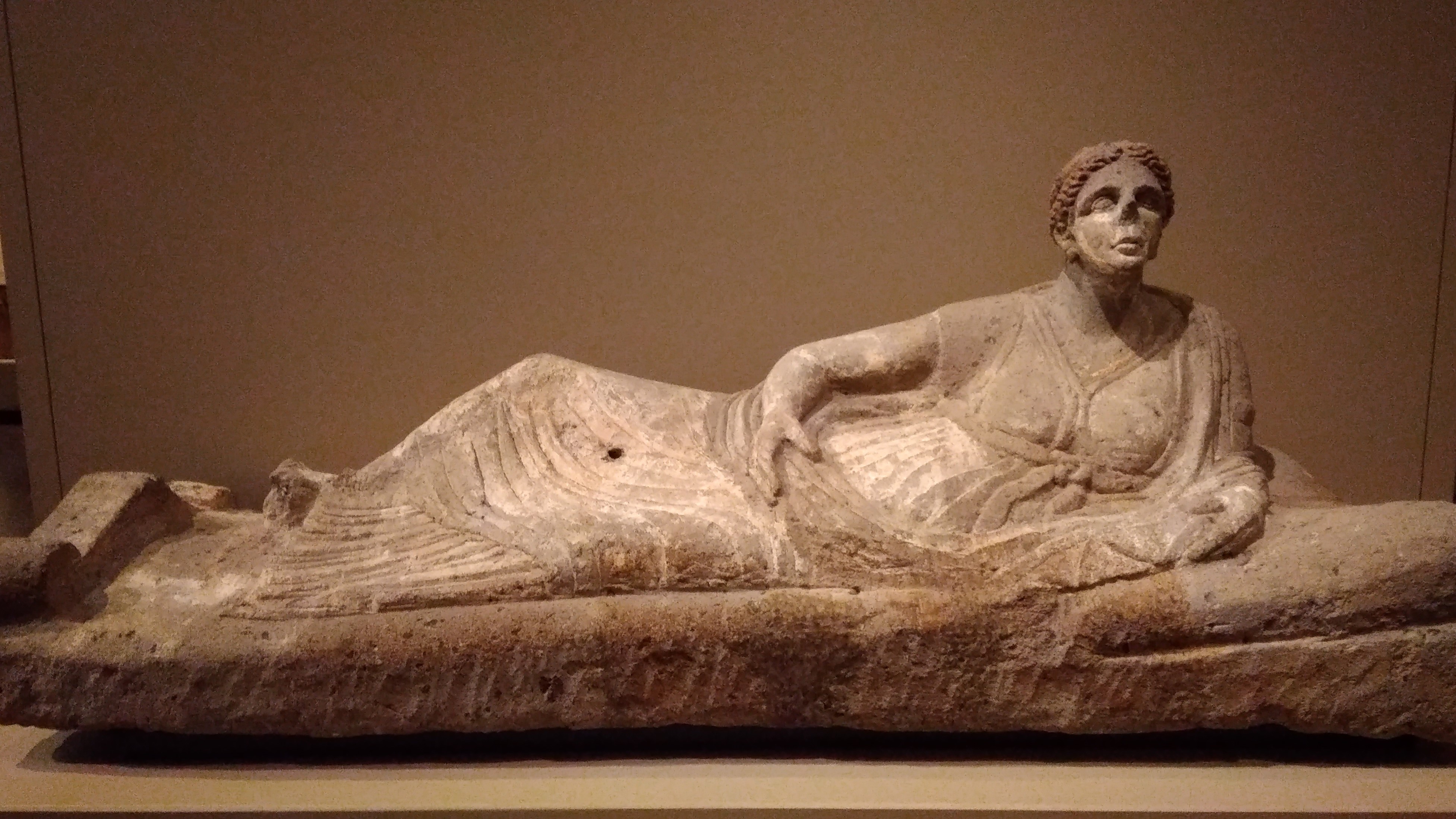
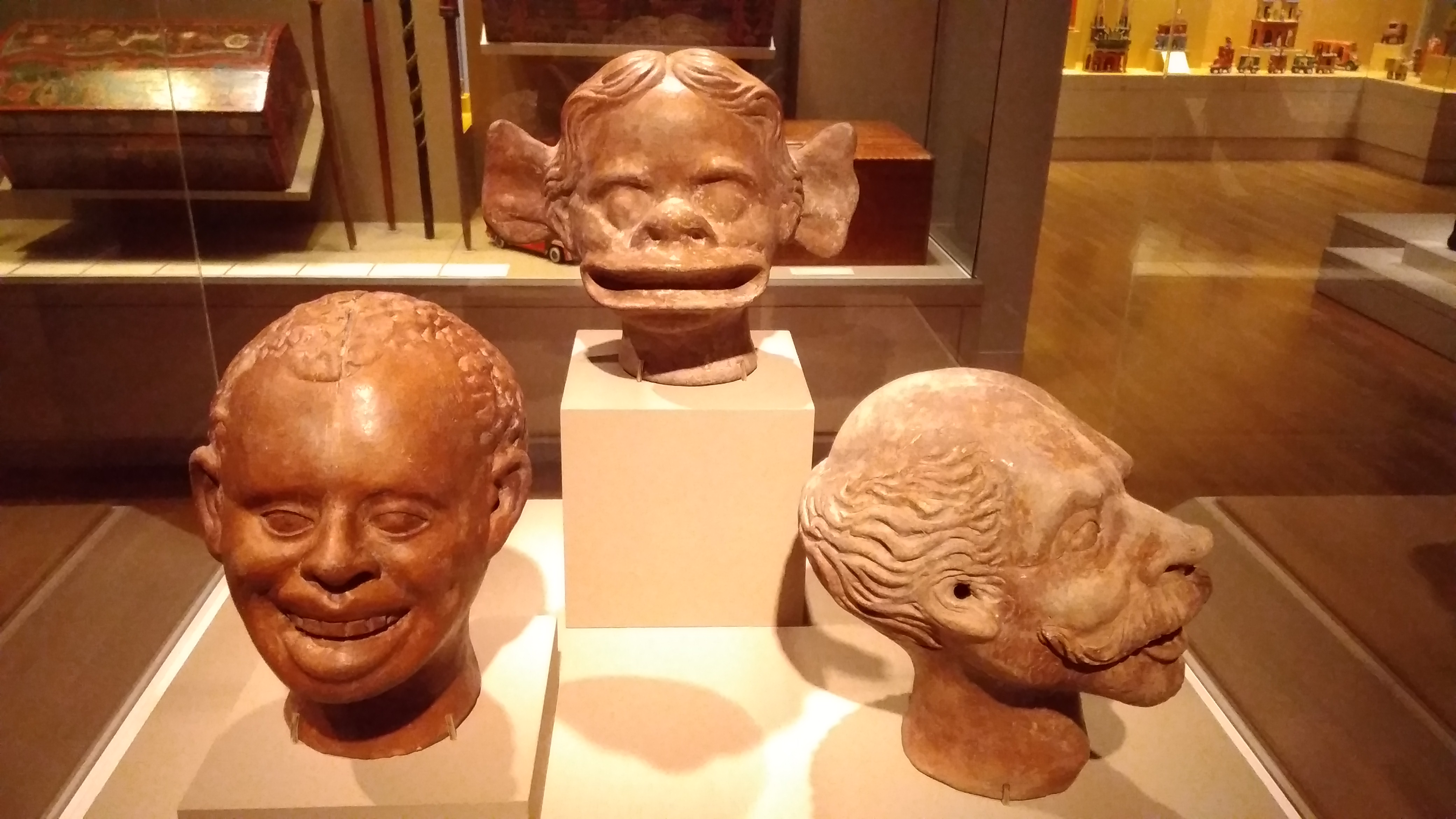
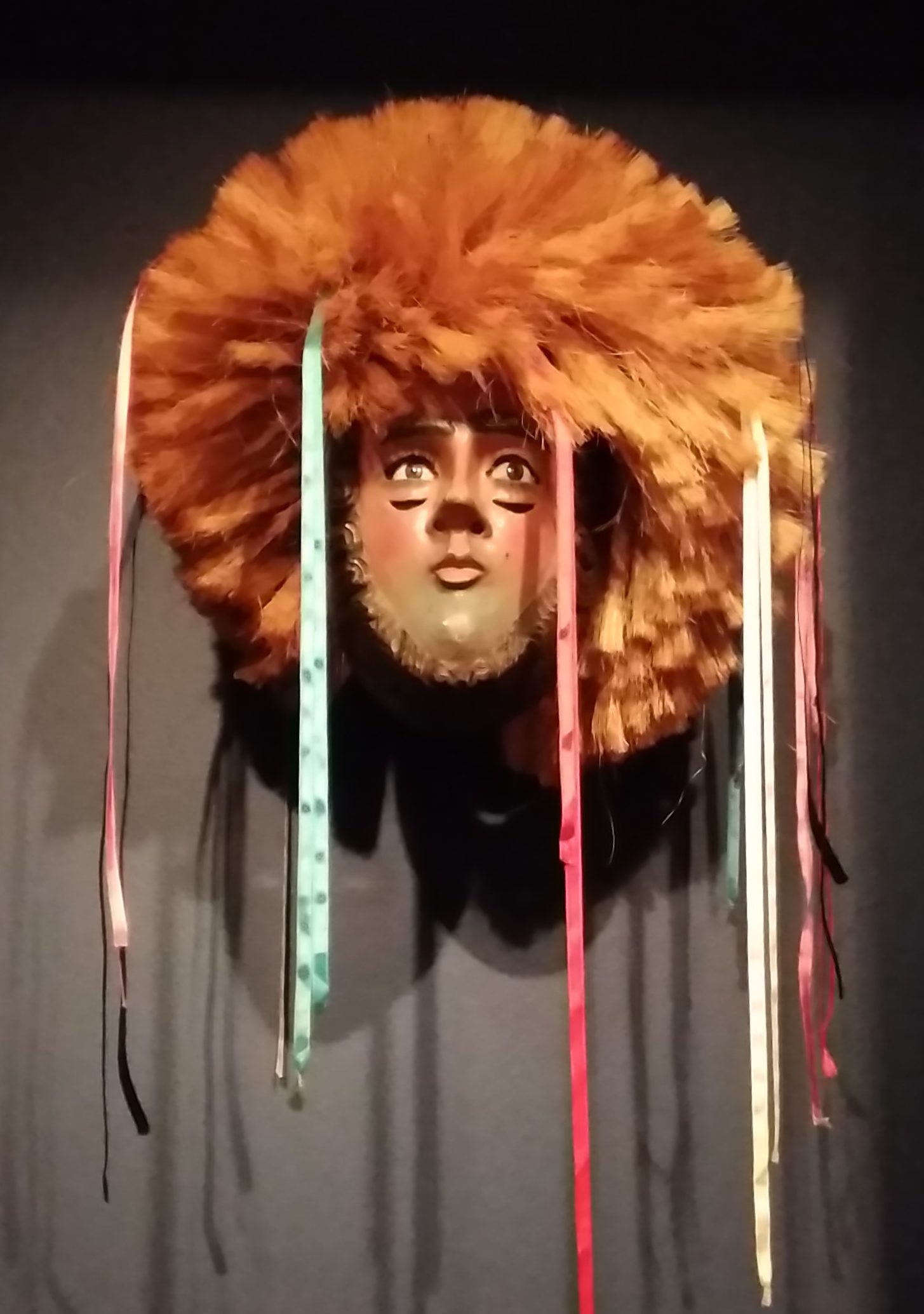
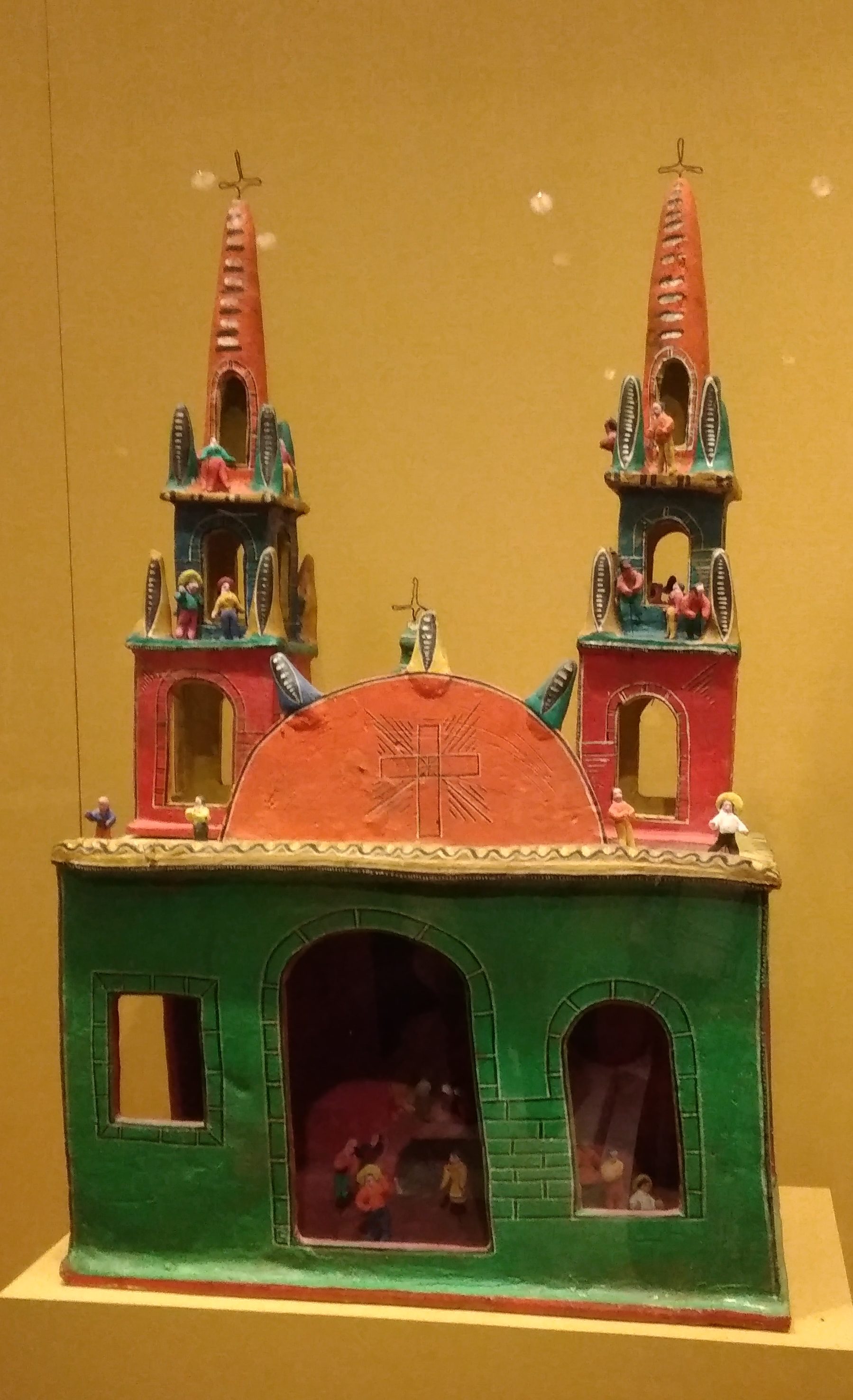
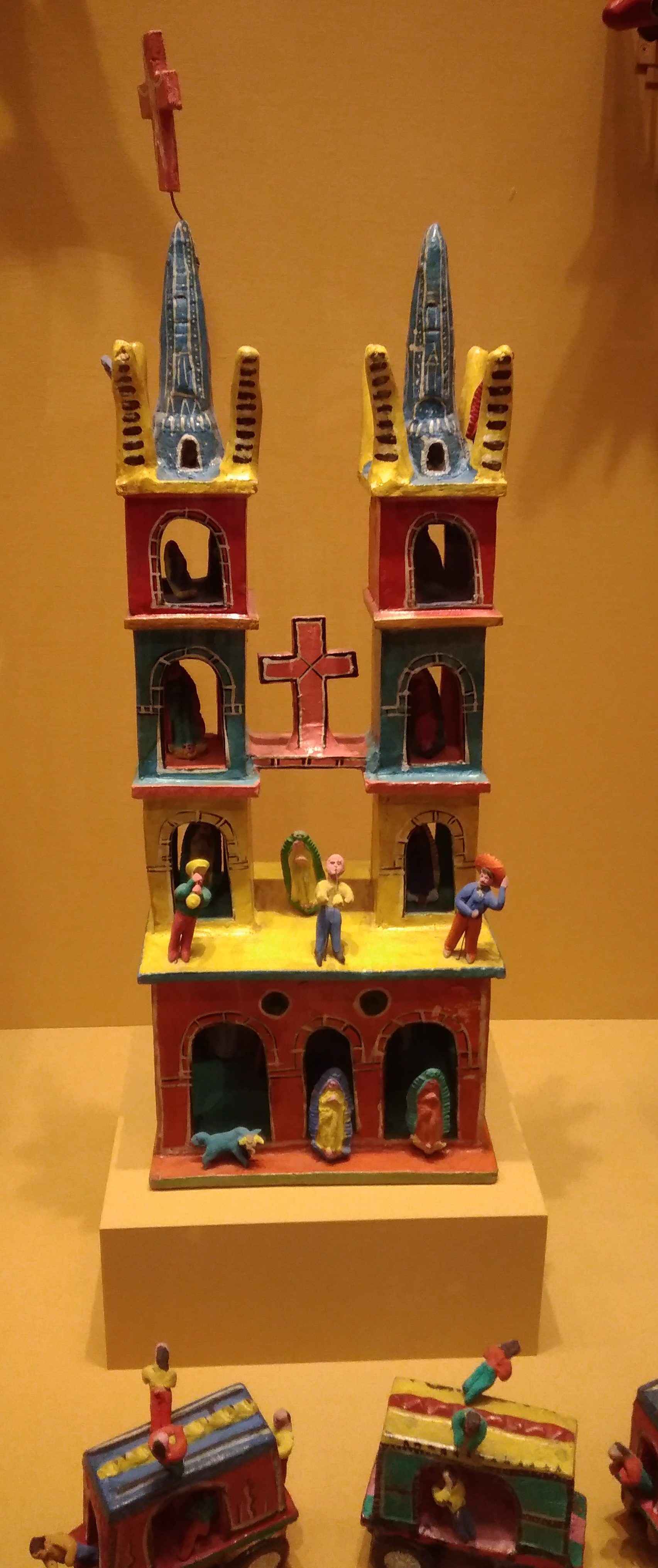
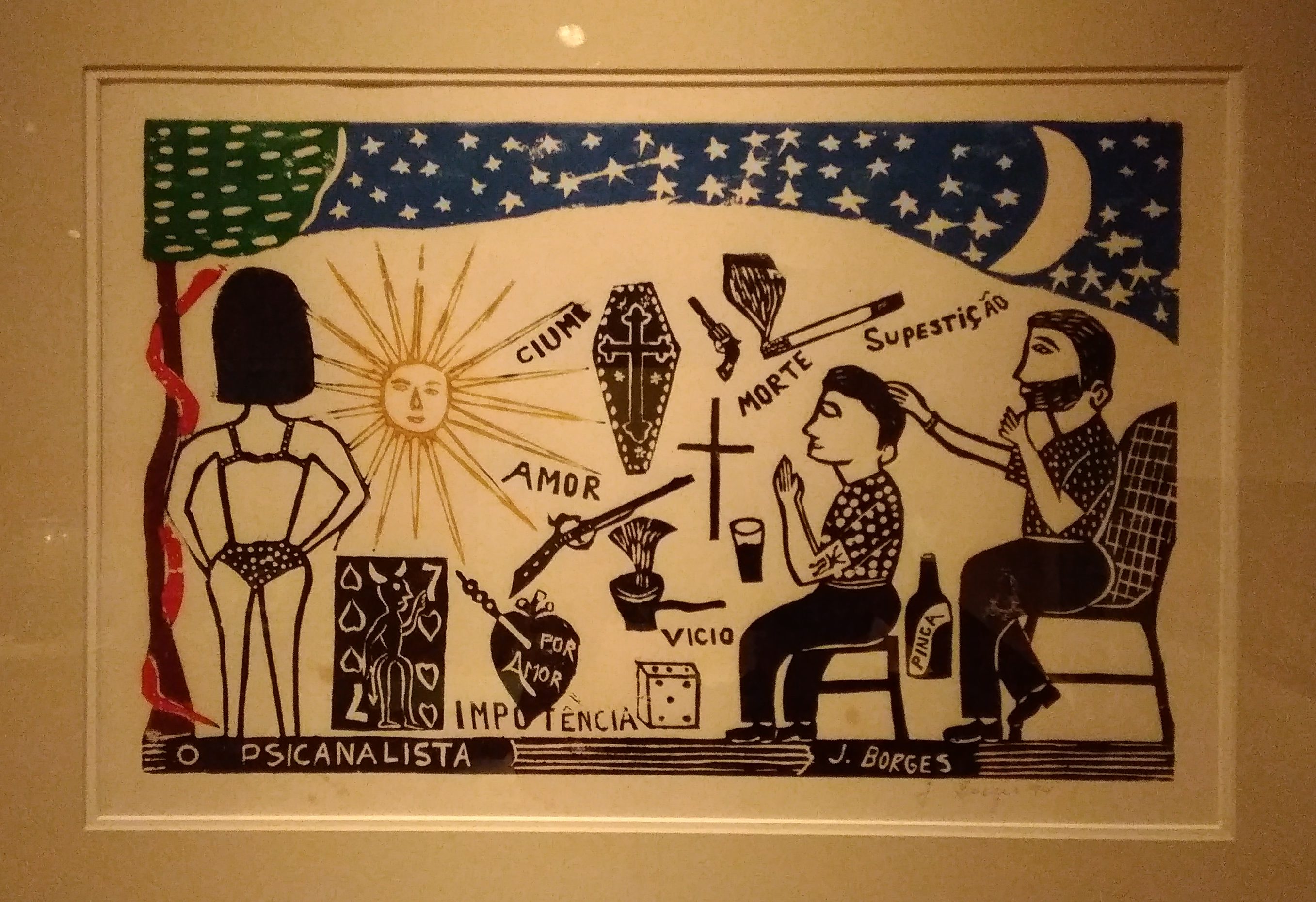 “The Psychoanalyst (El Psicoanalista),” ca. 1994 by Jose Francisco Borges of Brazil.
“The Psychoanalyst (El Psicoanalista),” ca. 1994 by Jose Francisco Borges of Brazil.